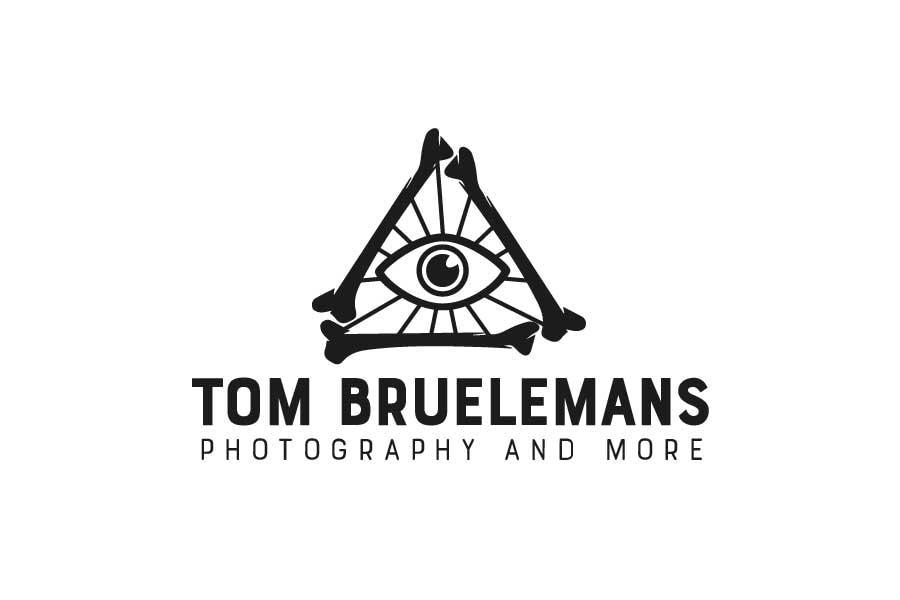|
Authuille, France. A wooden cross marks the spot were George Theodore Snelling was killed by a hostile shell. A journey in George's footsteps
I followed his footsteps: from the place where he first joined his comrades of the Hood Battalion near Havrincourt Wood, crossing the old Somme battlefields of 1916, all the way to Mesnil (not far from Beaumont-Hamel and Thiepval). I visited some of the places where he lived behind the frontline and of course payed my respects at his grave and on the spot where he was killed by hostile shell fire.
I hope my photos give you an insight of George’s soldiers live. A huge thanks to his grandson, who kept searching over the years until he found the exact location of the place where George was killed. He provided me a lot of information which helped me to reconstruct George’s life on the Western Front. The arrival at the Western FrontGeorge Theodore Snelling was a gardener from Weston-super-Mare, a small seaside town in Somerset, England. He joined the Royal Naval Volunteer Reserve and started his training in Blandford Camp by the end of June 1917. George got the rank of Able Seaman, finished his training in January 1918 and was drafted to the Hood bn. in February of that same year. He joined his comrades in Eastwood camp near Havrincourt Wood (France) later that month.
The old chapel that was destroyed during the war and re-erected afterwards by a local family. A spot George must have certainly seen during his stay here. Short stay in TrescaultAfter spending some days in Eastwood Camp the Hood Bn. moved up to Trescault, a village just behind the frontline, where George and his comrades served, clearing duckboards and wiring trenches. Trescault, France. Location of the Hood Bn. Headquarters. Church and town centre of Trescault, France. Church of Trescault, France. View towards Ribécourt, France, taken from Trescault. Trenches were situated in these fields. In the lines at RibécourtJust a few days later the Hood Battalion relieved the Hawke Bn. in the lines at Ribécourt, the British frontline. During these days Ribécourt and the surrounding back areas were heavily shelled with gas grenades, making several casualties. It was in this area that George entered the frontline for the first time, occupying the trenches opposite to the German frontline. Old German bunker in the old frontline near Ribécourt. The Kaisertrench, occupied by the Hood Bn. in 1918 during their stay in the frontline, ran right trough it. View towards Ribécourt. The Kaisertrench, occupied by the Hood Bn. in 1918 during their stay in the frontline, was situated in this field. George must also have witnessed the crash of a German airplane, as described in the Hood’s diary. Ribécourt itself was captured by the allies in 1917 during the battle of Cambrai and was occupied bij the British army since then. I had the oppurtunity to talk to the mayor of this village and he told me that in fact much of the living during the war was done underground. Right under the streets is a maze of tunnels and shelters, carved out by the local population in the centuries before the war/during the middle ages.
Ribécourt Britisch Cemetery lies within the city boundaries. Some of the Hood Bn. soldiers who were killed during their stay at the frontline lie here. Ribécourt Britisch Cemetery. Road leading from Ribécourt to Trescault. Start of the German Spring OffensiveAfter being relieved George returned to Havrincourt wood (Westwood Camp) until the 21th of March, the start of the German Spring Offensive. It was the Germans final attempt to push through the allied lines before the American army would be fully deployed. Early in the morning on march the 21th 1918 the lines were heavily shelled. The Hood Bn. was ordered to stand to, short for 'Stand-to-Arms'. Bayonets were fixed, guns were loaded and they were ready to counter an enemy attack. Shortly after 7 AM two clouds of phosphene gas were blown over their positions. They were ordered to move up to Trescault to hold the second line. The area was still being shelled as described in the Hood Bn. diary: Battalion moved up by wooden road to Trescault. St Hubert’s X was being shelled in passing. Road leading from Havrincourt Wood to Trescault. I assume that there would have been quit some chaos at the moment. Eventually George and his comrades were forced to retreat from the lines at Trescault and took positions near Ytres. When the Germans finally attacked their trenches they had to fall back and were finally ordered to march 14 km, crossing the old Somme battlefields of 1916, to the neighborhood of Martinpuich near the Albert - Baupaume road. The Official Historian, Brigadier-General Sir James E. Edmonds wrote
After three days of battle, with each night spent on the march or occupied in the sorting out and reorganization of units, the troops – Germans as well as British – were tired almost to the limits of endurance. The physical and mental strain of the struggle against overwhelming odds, the heavy losses, the sinister rumours which were rife, all contributed to depress morale. Source: https://en.wikipedia.org/wiki/Operation_Michael#cite_note-FOOTNOTEEdmonds1935400-59 Martinpuich, France. Screw pickets (or pigtails) are still being used today. The 189th Brigade, were the Hood was part of, held the ground just north of High wood, not far from the Albert - Baupaume road. George ‘s battalion was in support in Martinpuich. Waiting for orders. On March the 25th the Germans attacked and the Brigade had to fall back. The Hood battalion, already in close support, covered the retreat. They finally fell back towards the road itself near the old Sugar factory and held the line for a while until the orders were received to take positions at Thiepval just east of the river Ancre. View from Martinpuich towards High Wood. In these fields the Hood Bn. covered the retreat of the 189th Brigade. Behind the linesOn the 26th, after spending the night at Thiepval, they received orders to evacuate and occupy the lines west of the Ancre near the railway, just outside the village of Mesnil. After being relieved , George spent some time in the area behind the frontline in villages like Englebelmer, Forceville and Hédauville. An impression of Englebelmer. An impression of Forceville. Old farm in Hédauville, France. Back in the frontline at MesnilOn the 7th of April he returned to the front near Mesnil again and occupied the trenches there. Mesnil lies on the higher ground not far from the railroad track. The Chateau, mentioned in the dairy, was used in the first days of their arrival as the Bn. HQ., before it moved to the town centre, out of sight of the Germans. Old gates still stand in the field before the Chateau. I wonder if they were the pre-war entrance gates. From the spot of the Chateau you have a great view over the valley and the old frontline, with the Thiepval memorial standing guard on the horizon. A view that George would have witnessed himself. View taken from Mesnil towards Thiepval. Mesnil, France. The old chateau, former HQ of the Hood Bn. Town centre of Mesnil, France. The final standGeorge and the other members of his Lewis gun crew occupied the lines near the railway. A place without much shelter and in clear sight of the enemy. On the 11th of april a direct hit of an enemy shell took George’s live and that of his comrades. The railway near Mesnil, France. It was George’s grandson who started looking for George’s military history and kept searching until he found the actual spot where he was killed. Eventually a small memorial was erected in the form of a wooden cross, right on the spot where he and his comrades lost their lives on that tragic April morning back in 1918. Behind the cross the leaves cover what’s left of the old trenches. Nature took over here and peace found his way towards the old battleground. Memorial Cross beside the railway, on the spot where George lost his life. View from Authuille towards the memorial cross (between the 2 trees in the far distance). The wooden cross is a lonely reminder of a terrible loss, in the memory of George. I wonder how the landscape along the front would look like if there was a cross on each spot where a soldier lost his live. Would be a moving but also a very confronting sight. Lonsdale cemetery at AuthuilleThey buried George not far from the spot were he fell on the other side of the railroad. He was reburied in 1920 in Lonsdale cemetery at Authuille. Engraved in his gravestone are the simple but powerful, all saying words: “At Rest”. Lonsdale cemetery at Authuille Always kind of touching when you are standing before the grave of a soldier you learned to know better in the past months. It is that moment when it all comes real. Right beside him was his comrade Able Seaman T. Wallace, who got killed on that very same day. May they all rest in peace. Lonsdale cemetery at Authuille Join us in remembering George Theodore SnellingMy interest in the great war was always driven by the stories itself: stories of soldiers, the places where they fought, slept, walked and suffered under the hard circumstances so typically for the first world war. Walking into the footsteps of these men connects me with history and makes me understand their stories better. One of these men was Able Seaman George Theodore Snelling of the Hood Battalion. Please join us in remembering him and all his fellow soldiers who fought and died at the Western Front. If you are in the neighborhood, please put some flowers on his grave or his memorial. “Nooit meer oorlog” we say in Flanders. “No more war, ever again”. Keep these words in mind during your battlefield visits. Thanks again to his grandson, who gave me the idea for this post, for all the effort he made and the documentation he shared with us. Tom and Sarah Battlefield Photography Sources The Hood Battalion, Leonard Sellers the Hood Battalion’s war diary https://youtu.be/Q-Ie1I5ZJLg Quote of the Official Historian, Brigadier-General Sir James E. Edmonds ABOUT OUR BLOGWe take you along our photographic journey through the World War battlefields in Belgium and France. With our black and white photographs and self written poetry, we share our impression of these historic, heroic and tragic events.
0 Comments
Leave a Reply. |
Battlefield PhotographyVisiting the former battlefields for the last 20 years, Tom was always attracted to the stories behind them and the men who fought and died there. He decided to combine his love for war history with the other things he likes, such as photography and writing. Together with his wife Sarah he founded "Battlefield Photography".
Your subscription could not be saved. Please try again.
Your subscription has been successful. Please check your email and confirm your email address so we know that you are human :) This protects us from spam!
AboutTom Bruelemans
Author Photographer History addict Left side of the bed Sarah Eelen
Editor Designer Travel Mate Right side of the bed Recent PostsLest We Forget
George Theodore Snelling William Edward Hipkiss Sydney Edmund Ellis George Phillips John Edwin Greenwood MacCulloch and Edwards Poetry
The Somme Archives
February 2018
Categories
All
Unless otherwise indicated, this website and all images within this site are the property of Tom Bruelemans Photography.
|
|
BASED IN BELGIUM
STEENWEG OP ASSE 99A | 1785 MERCHTEM CONTACT TOM BRUELEMANS GSM +32 499 800 561 [email protected] |
COPYRIGHT © 2020 TOM BRUELEMANS PHOTOGRAPHY & MORE
BTW BE0598848108 | IBAN BE71 1030 3796 5969 | BIC NICA BE BB
Unless otherwise indicated, this website and all images and text within this site are the property of Tom Bruelemans Photography. They are protected by copyright and other intellectual property laws.
- You may share content from our website for personal and non-commercial use, or for non-commercial education or information purposes only. Please cite this website (www.battlefieldphotography.be) as the source and credit Tom Bruelemans.
- Commercial use and distribution of images of the website is not allowed without express and prior written consent of the author.
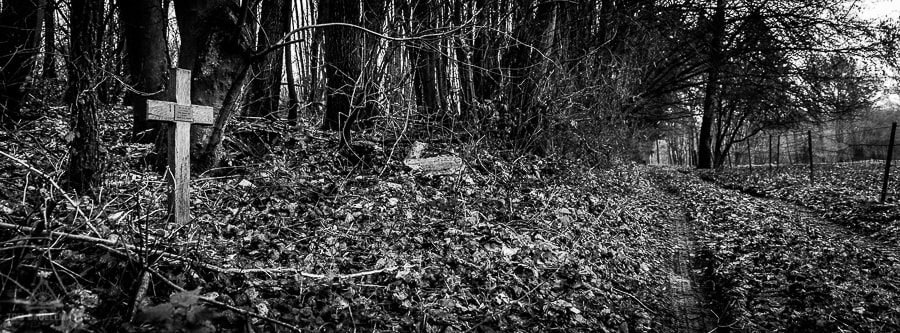
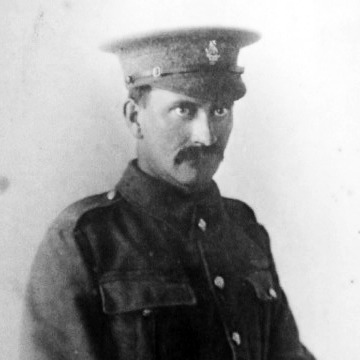
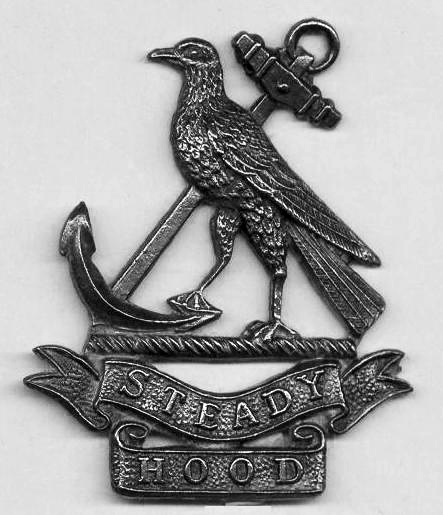

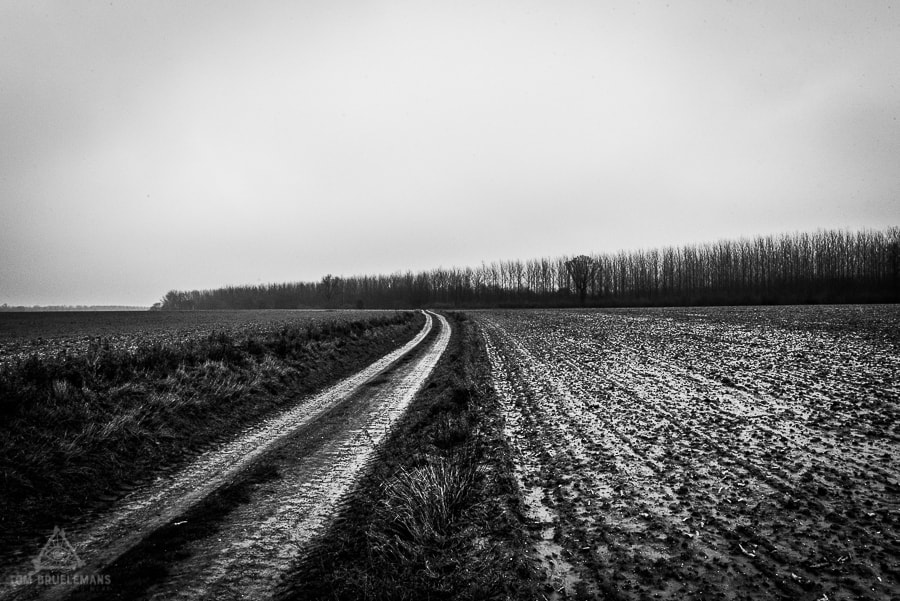
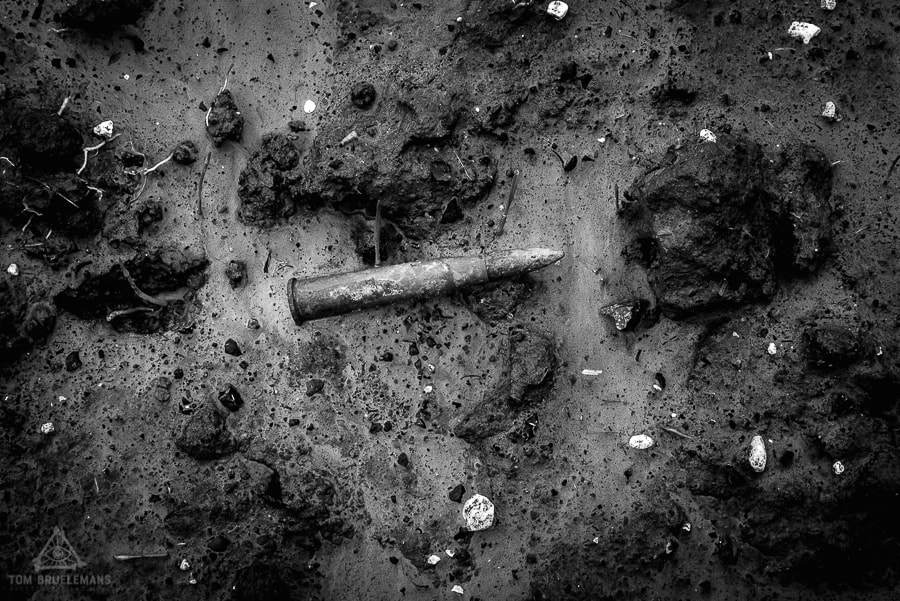
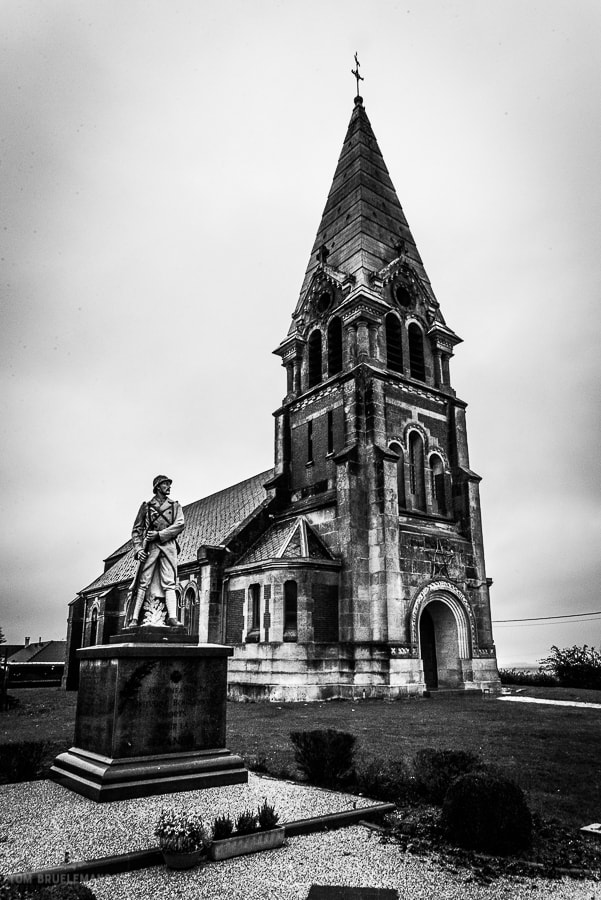
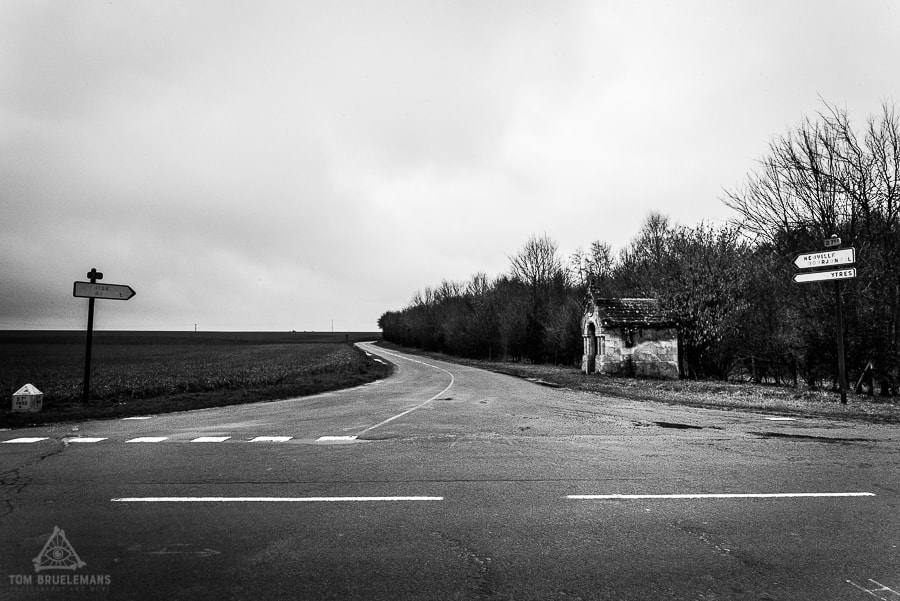
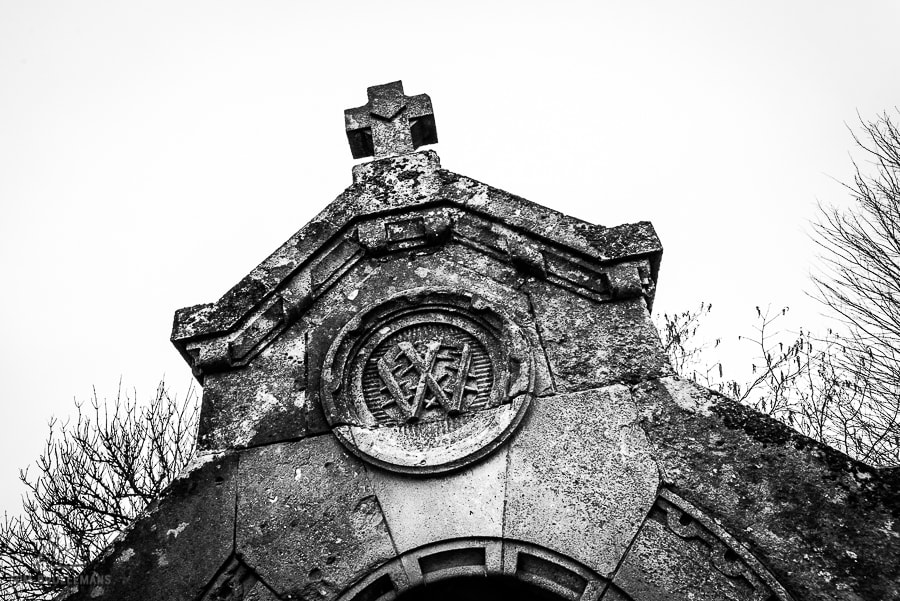
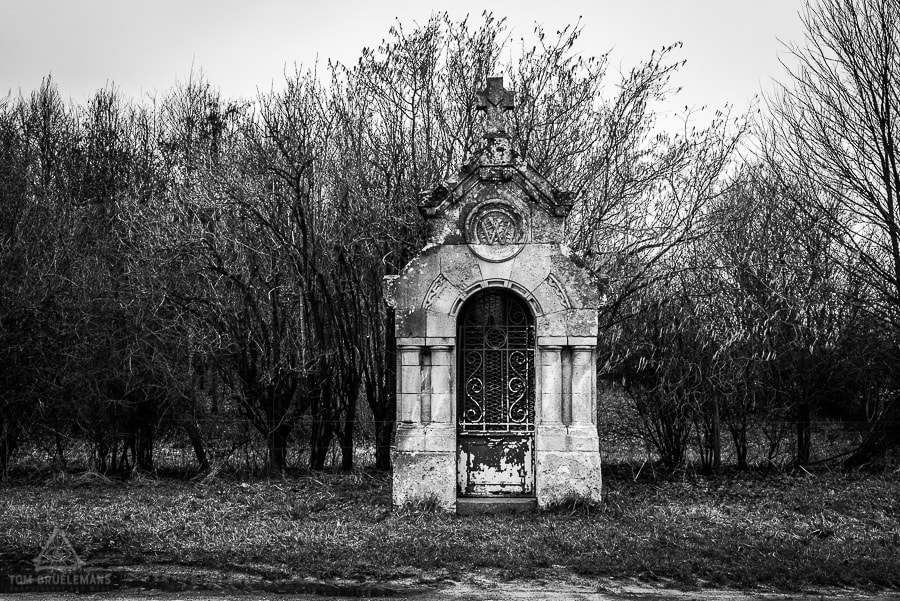
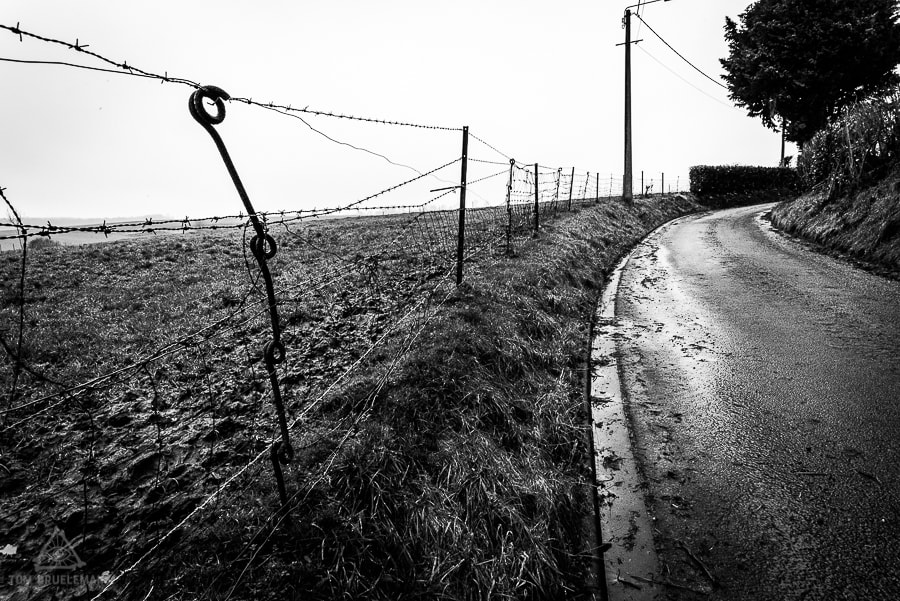
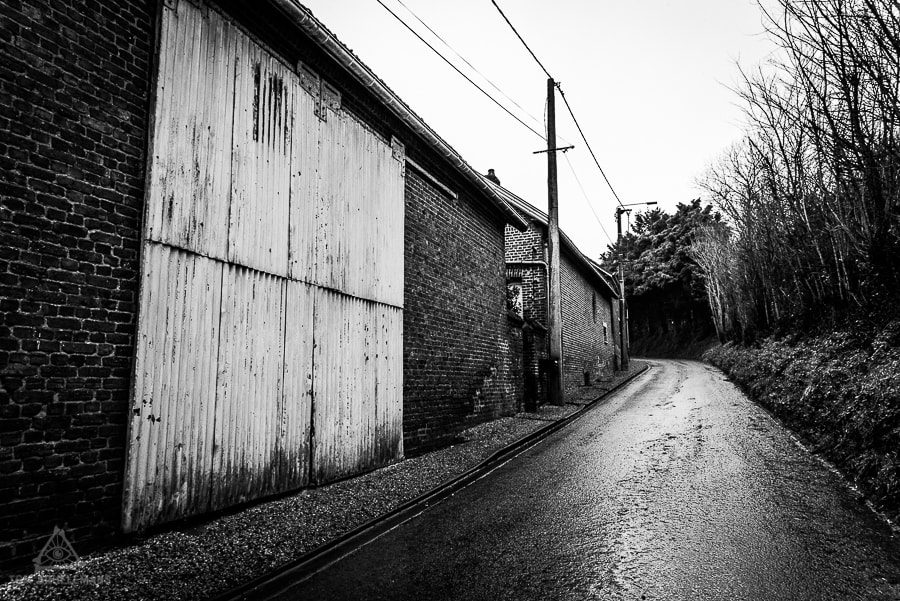
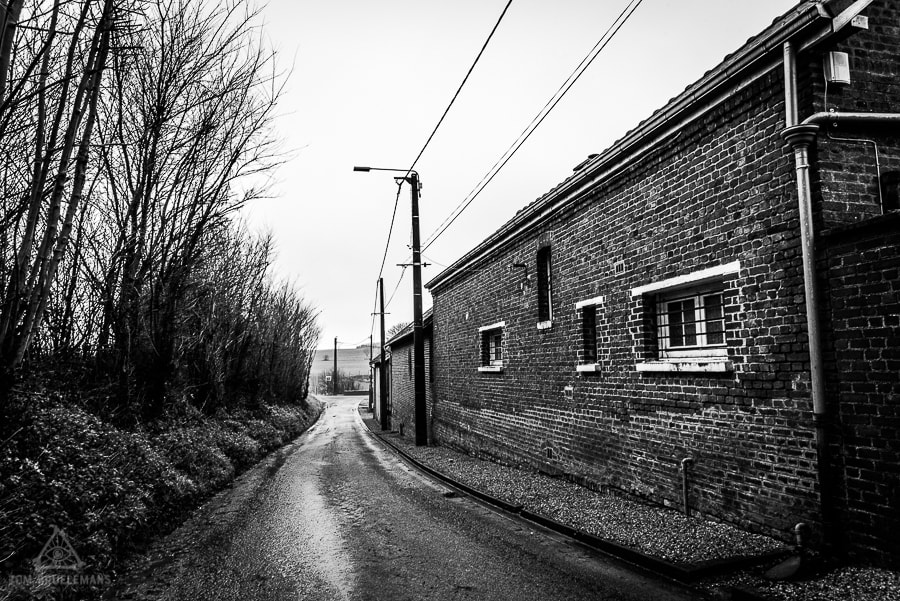
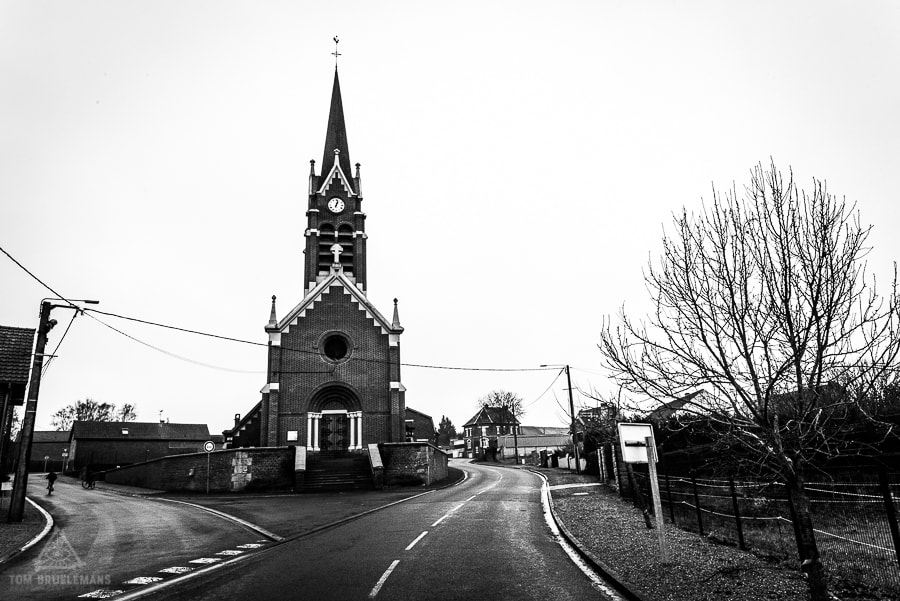
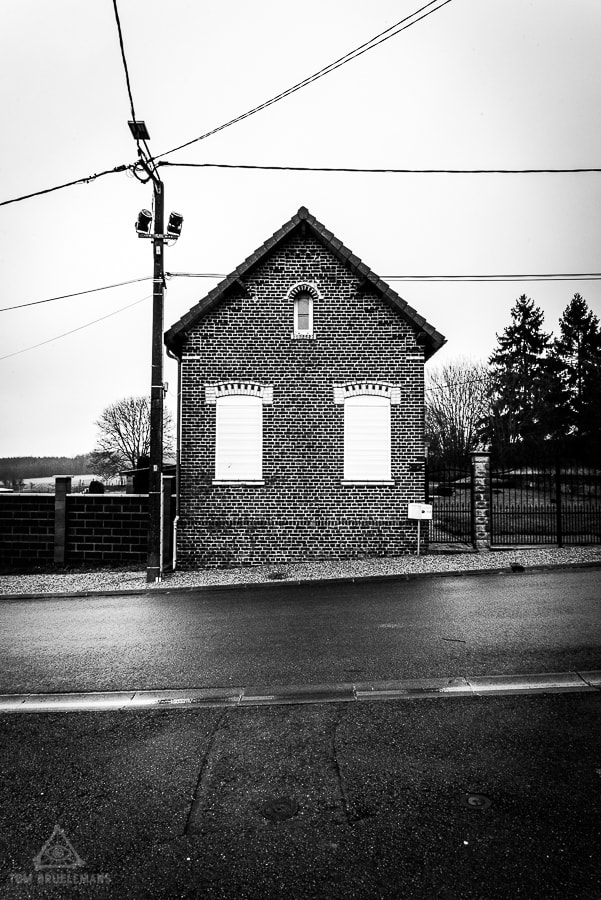
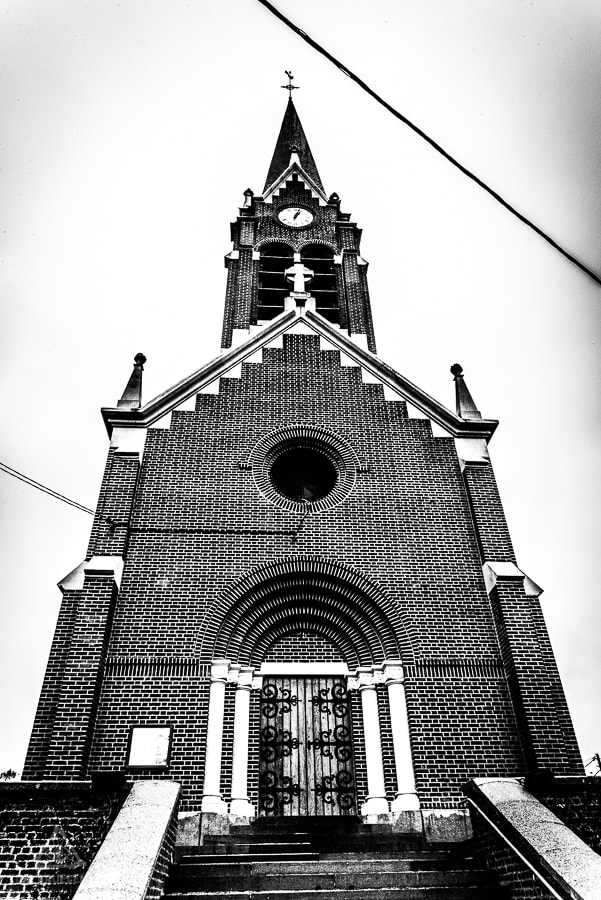
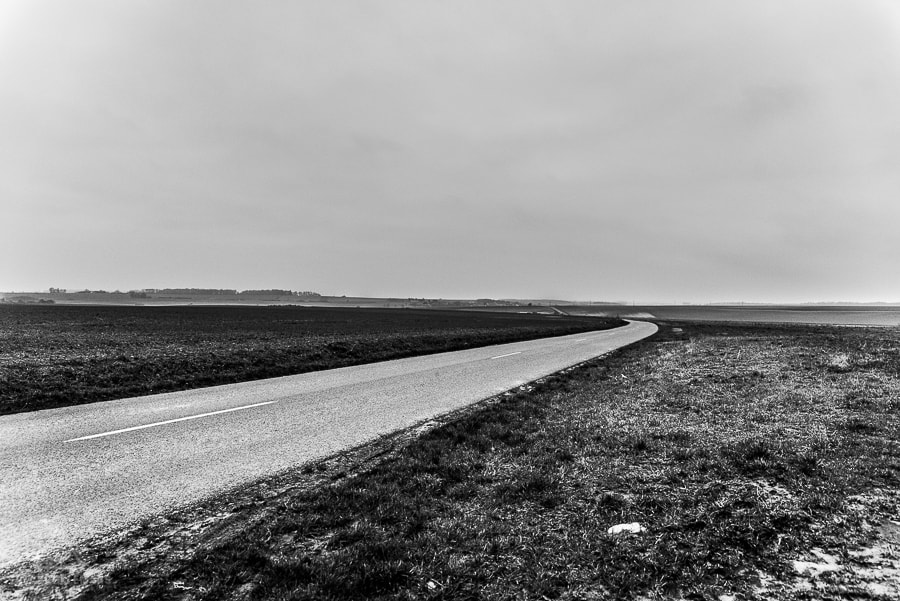
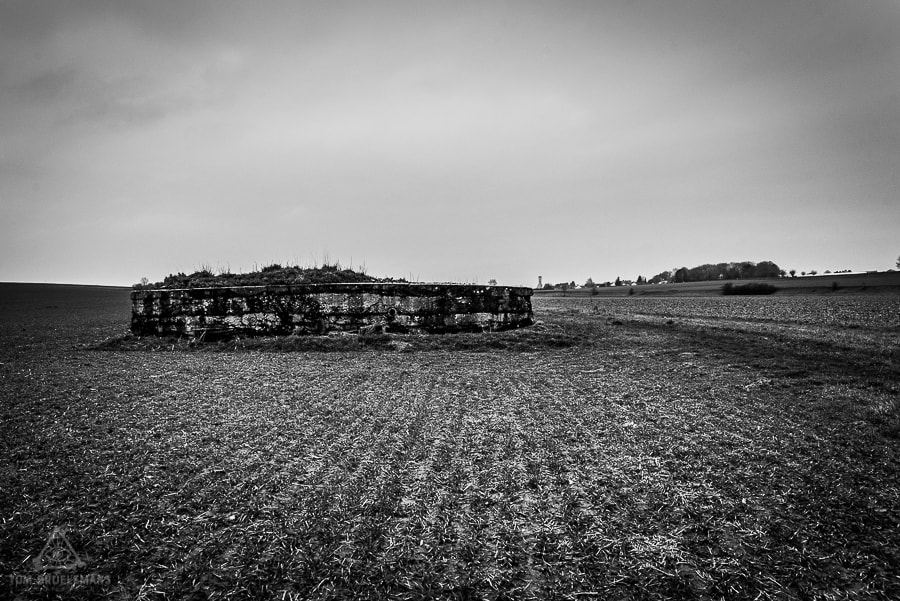
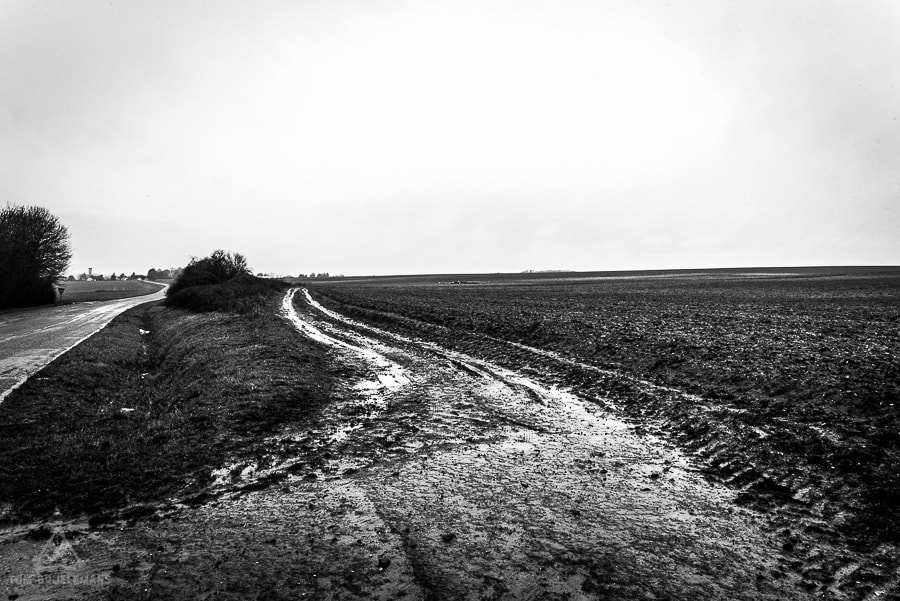
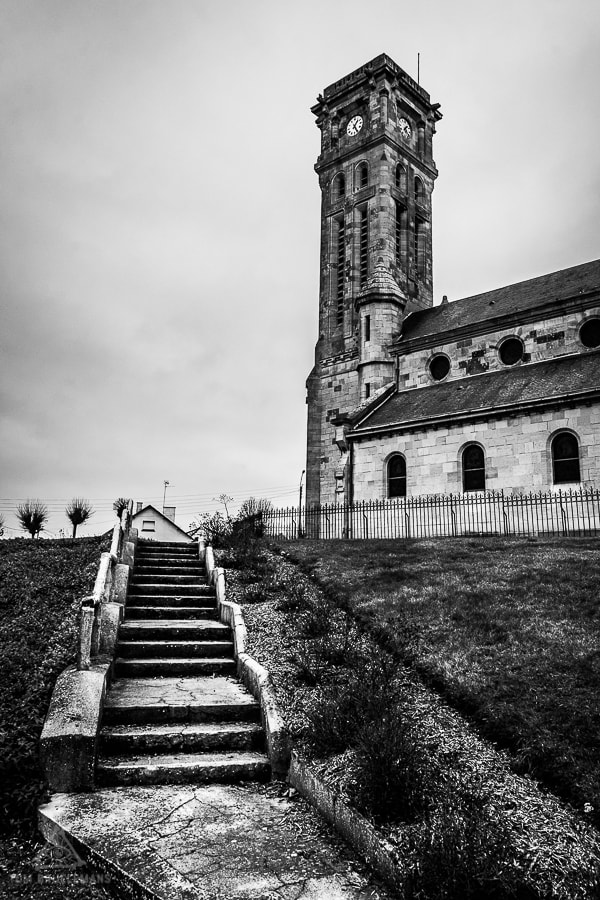
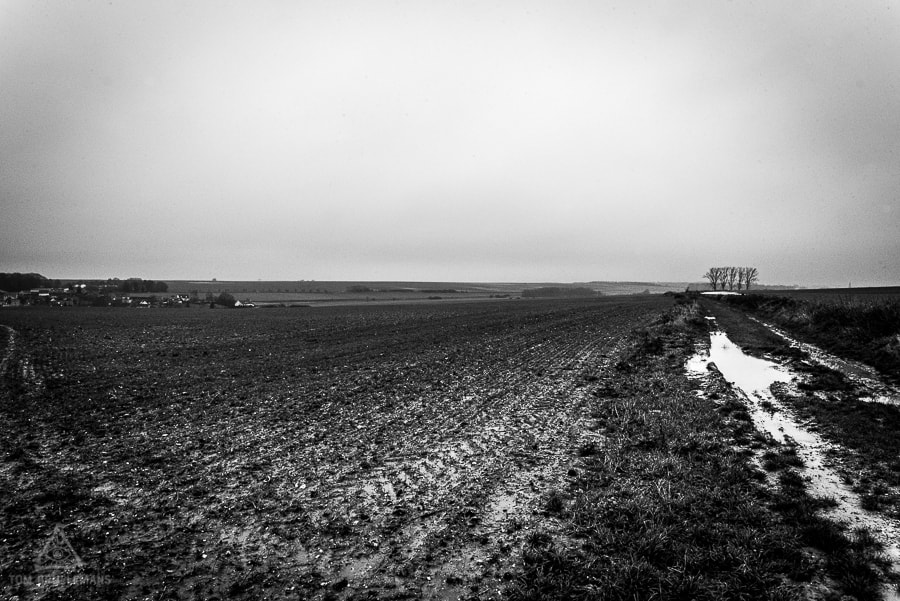
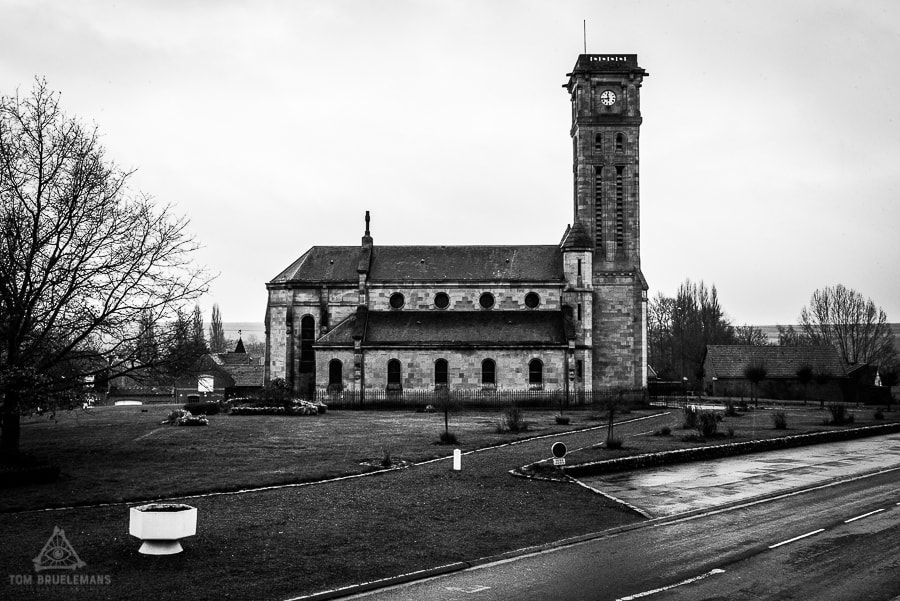
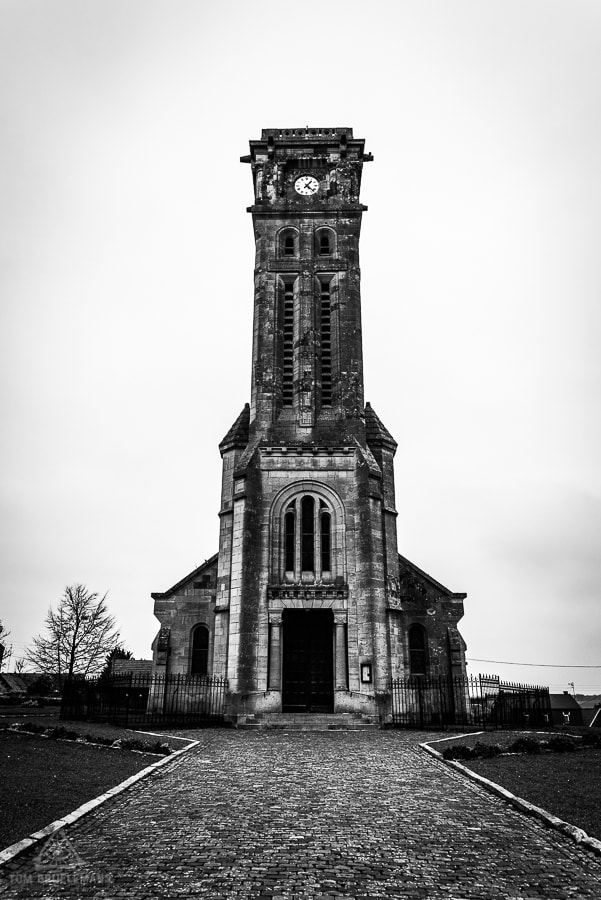
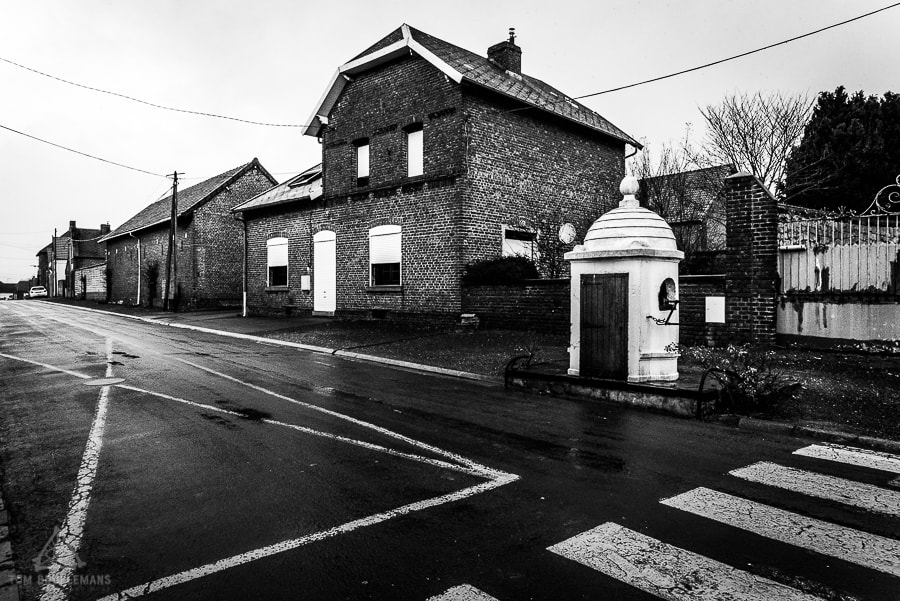
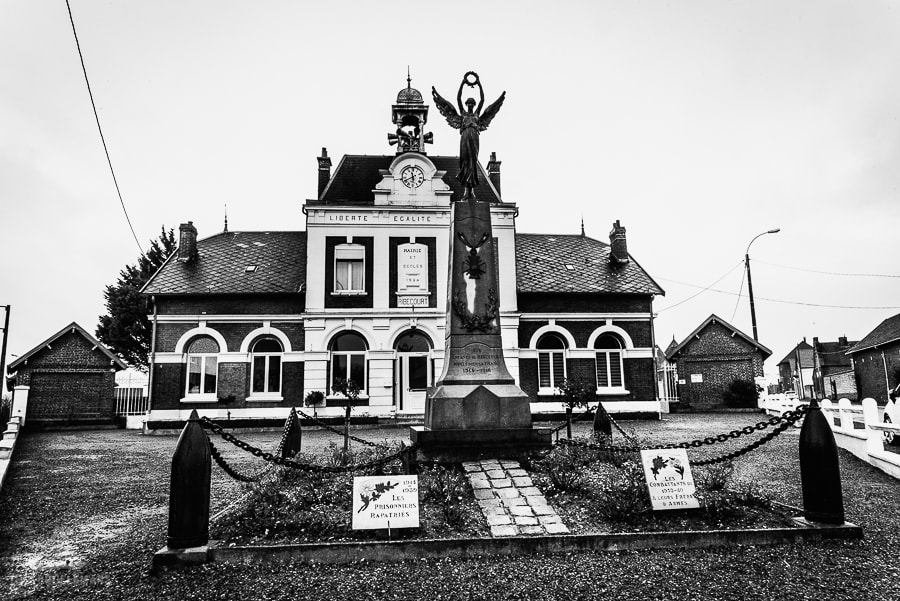


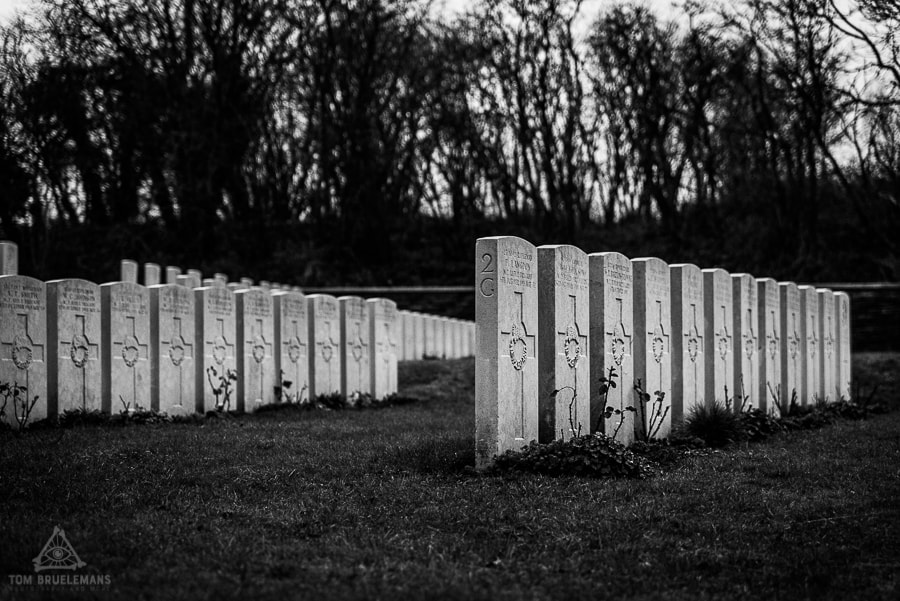
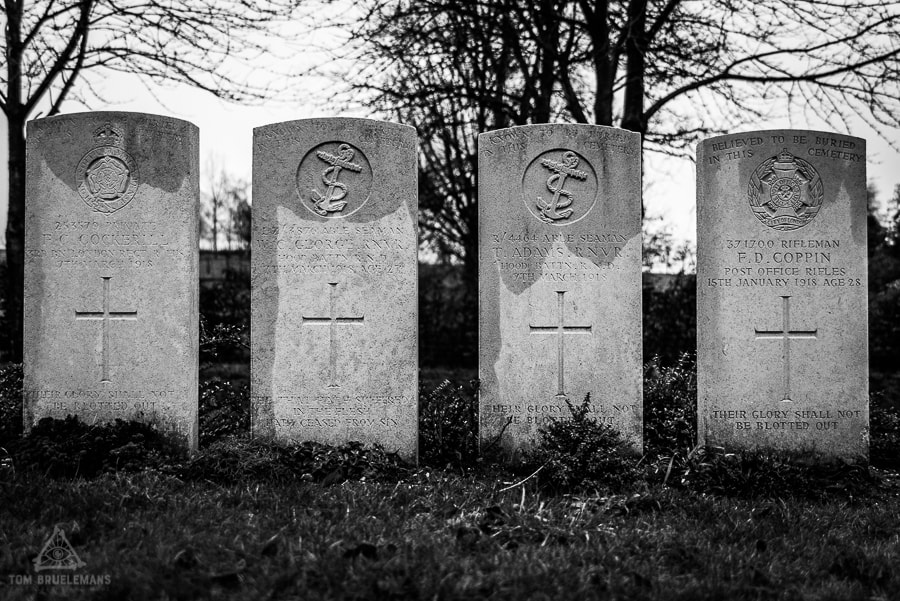
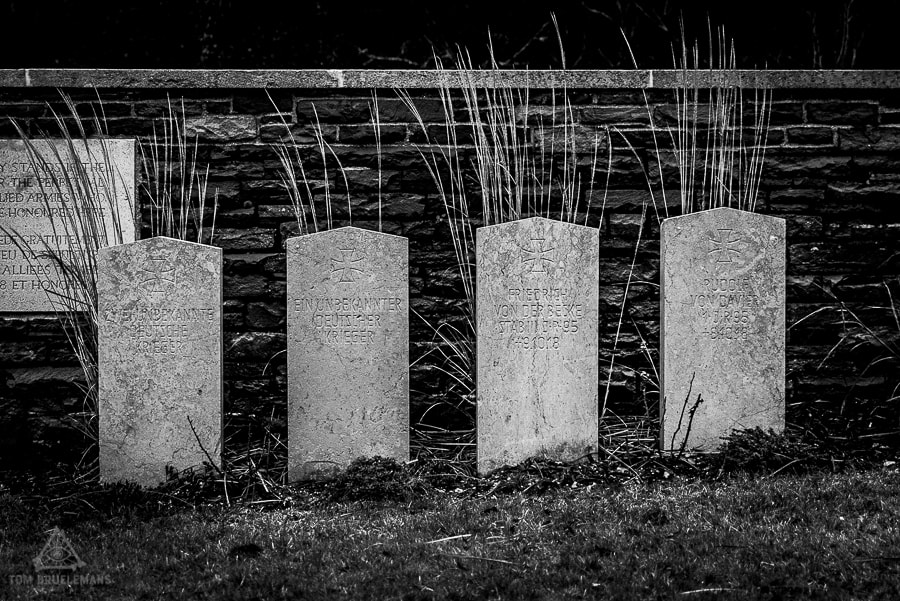
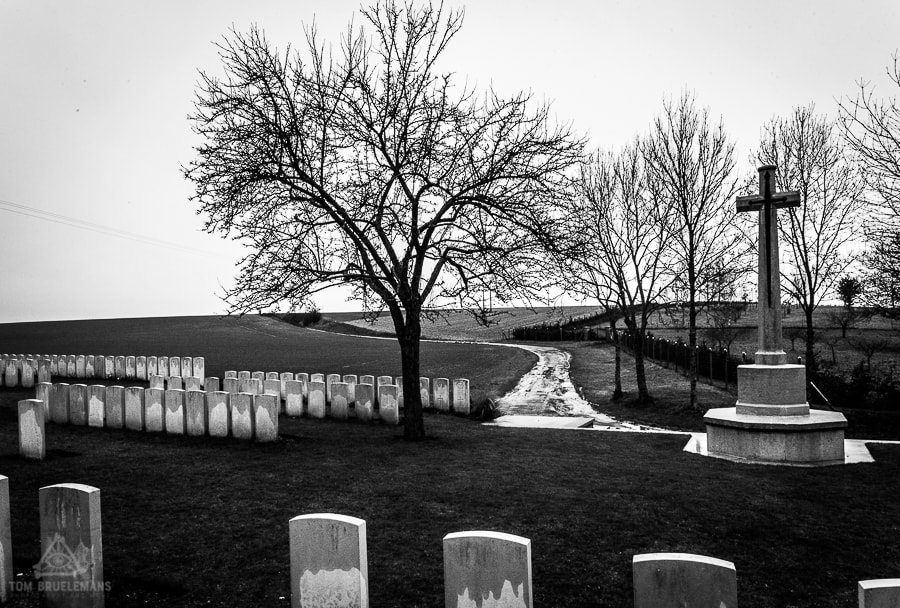
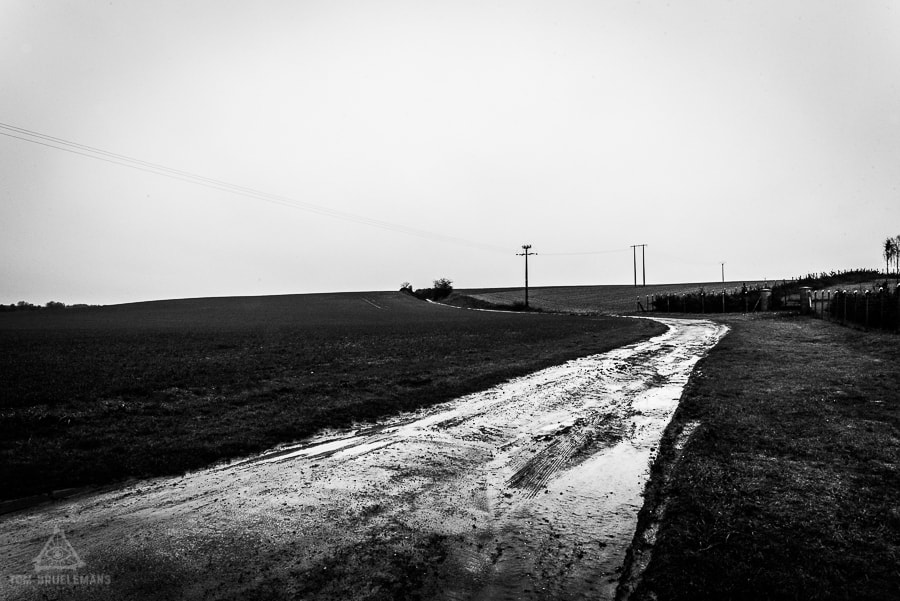
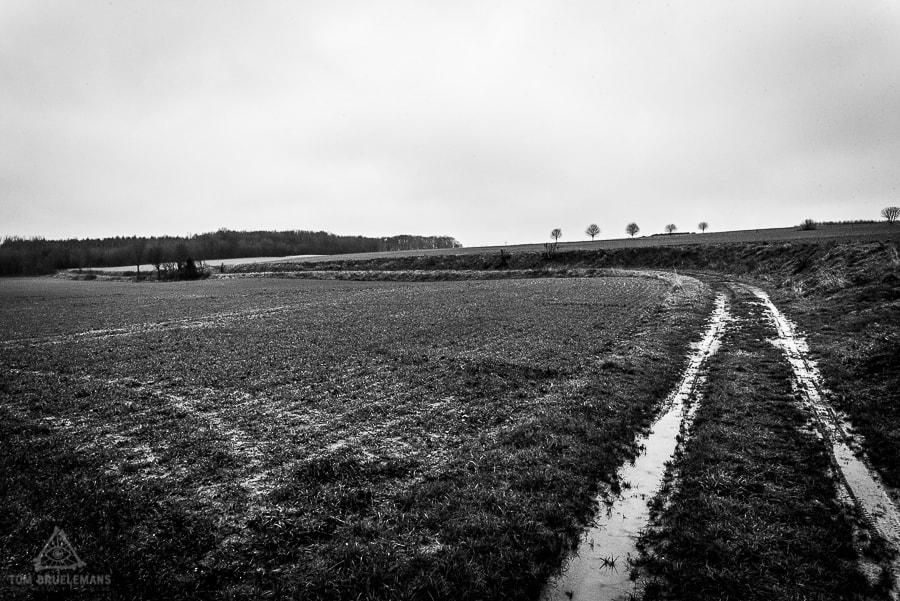
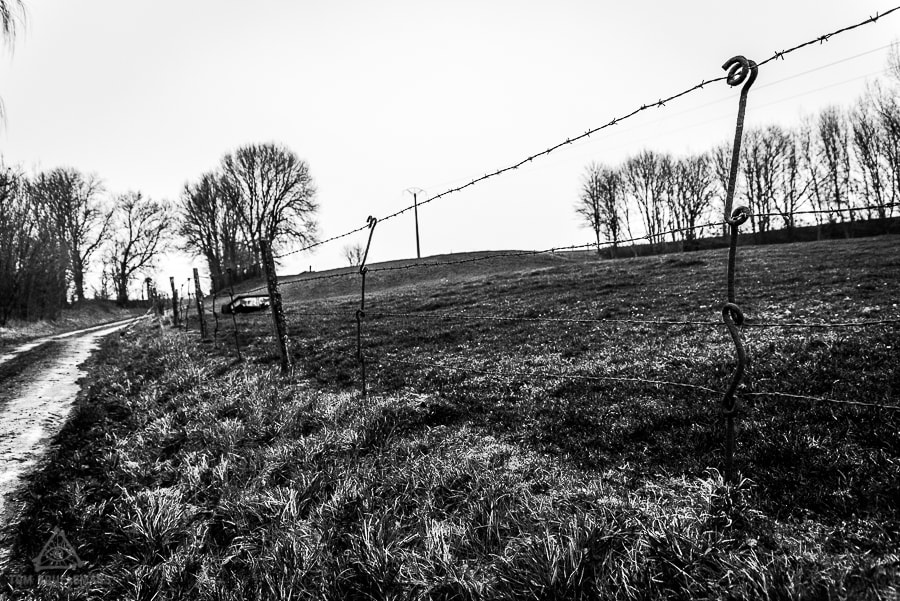
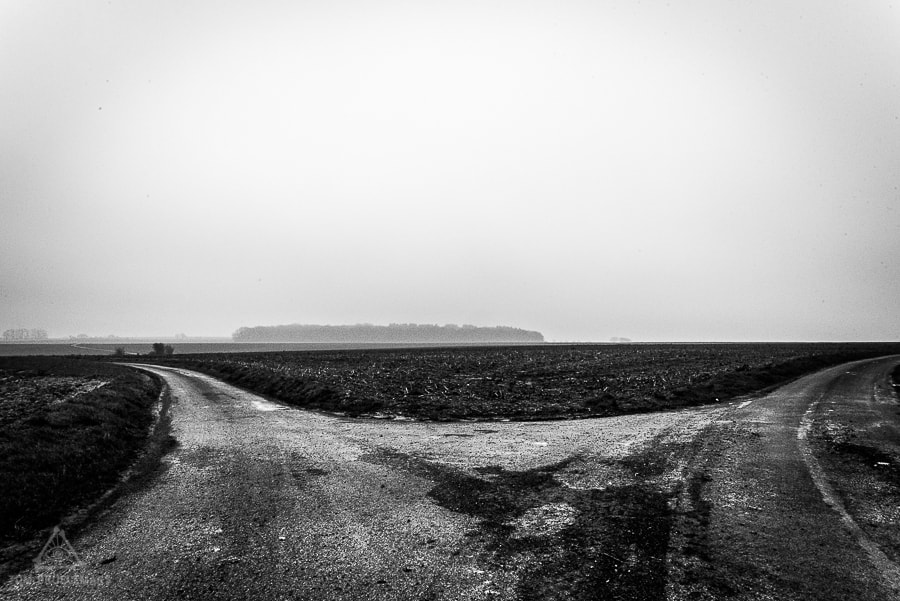
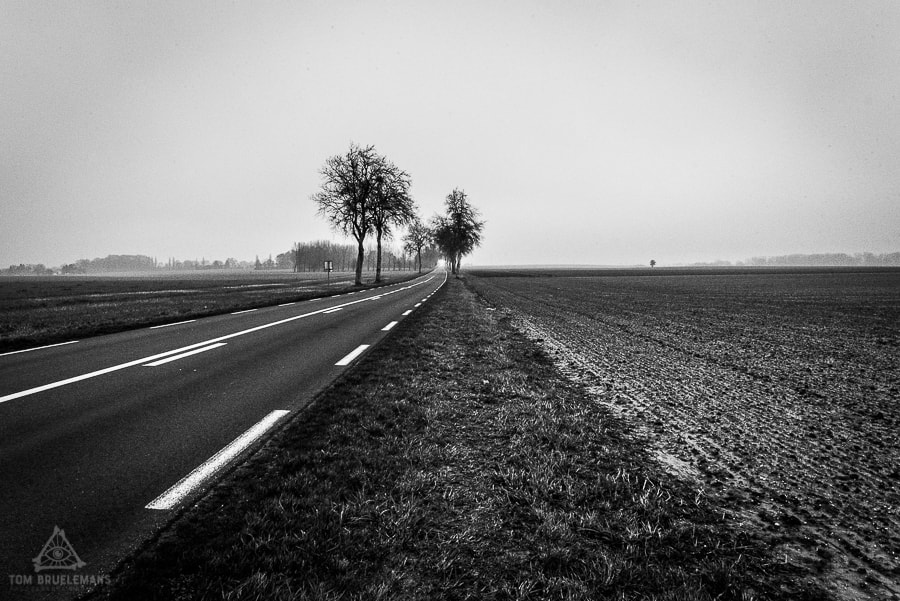
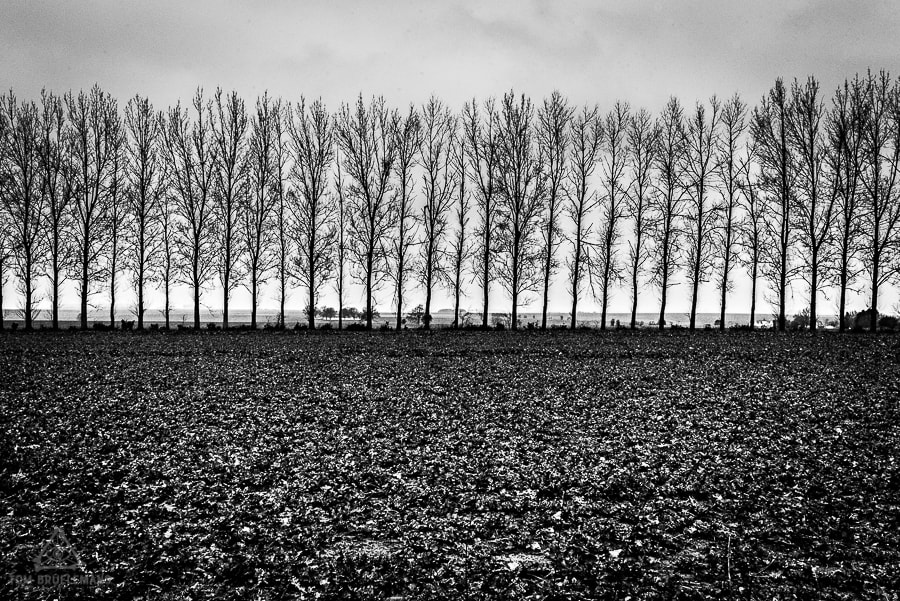
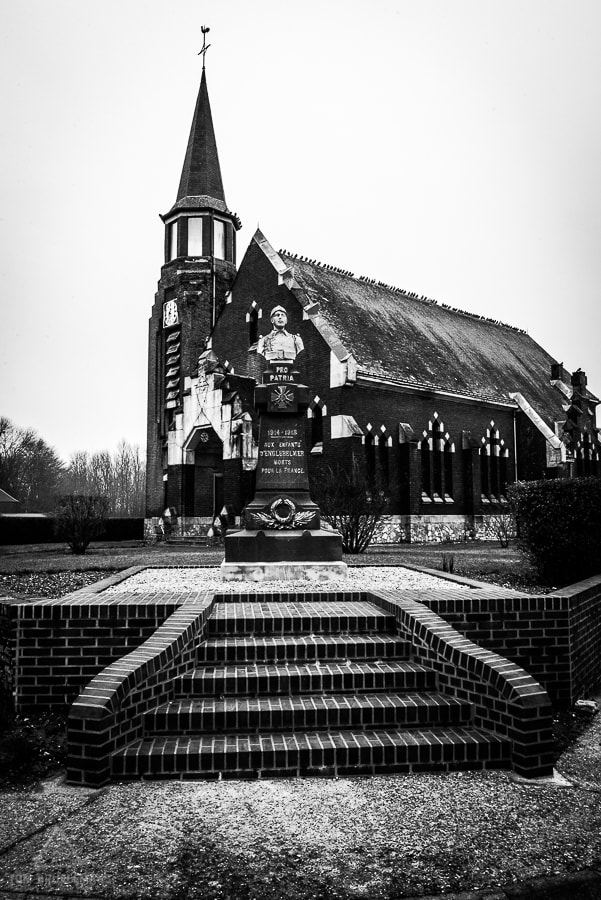
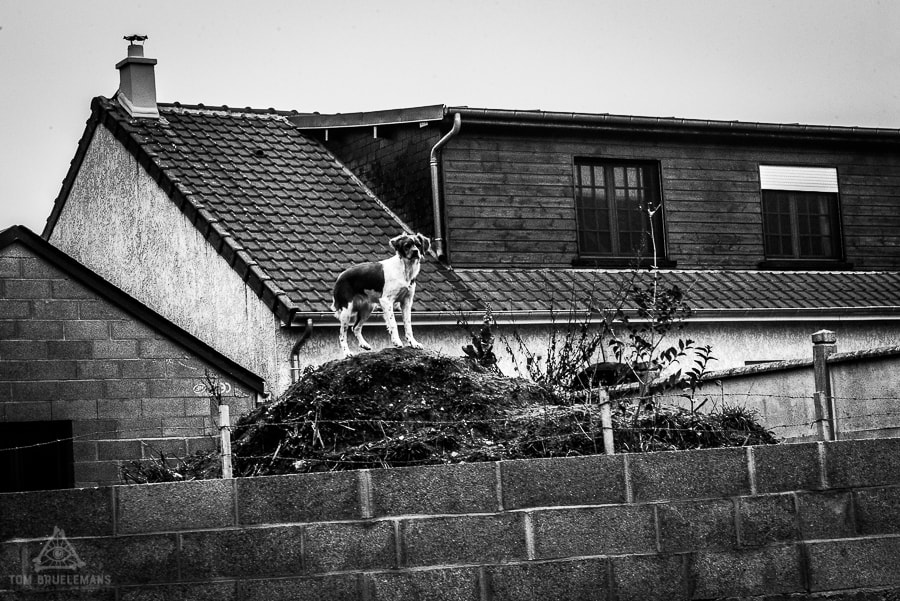
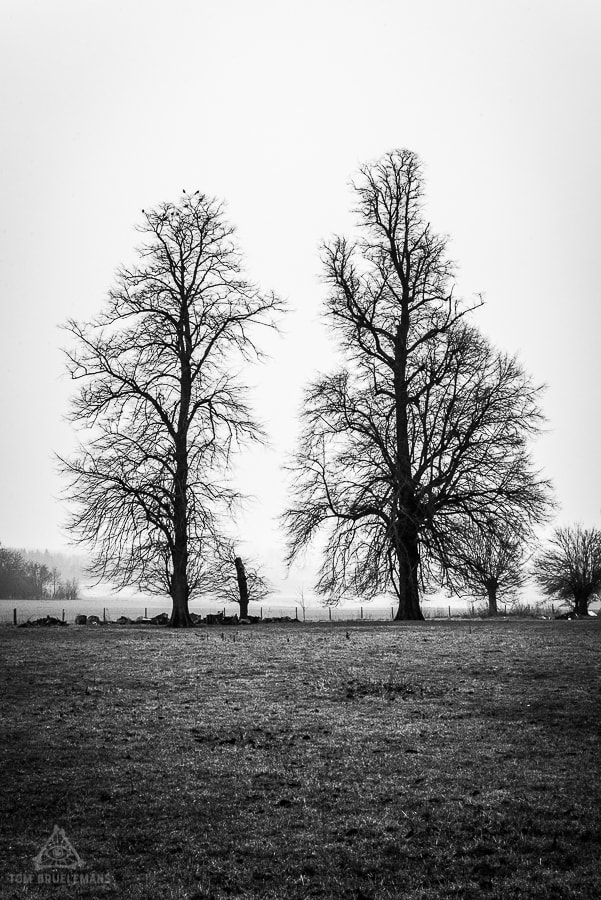
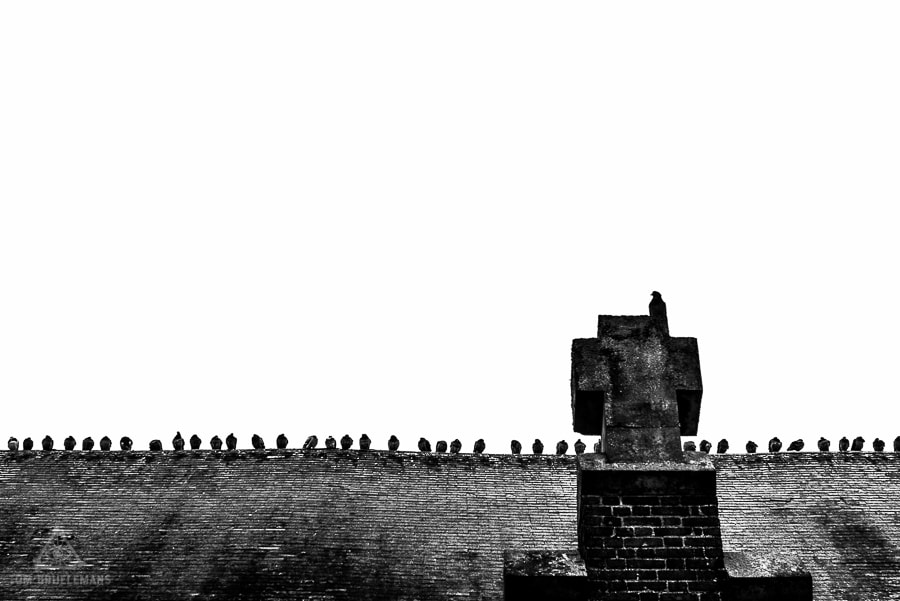
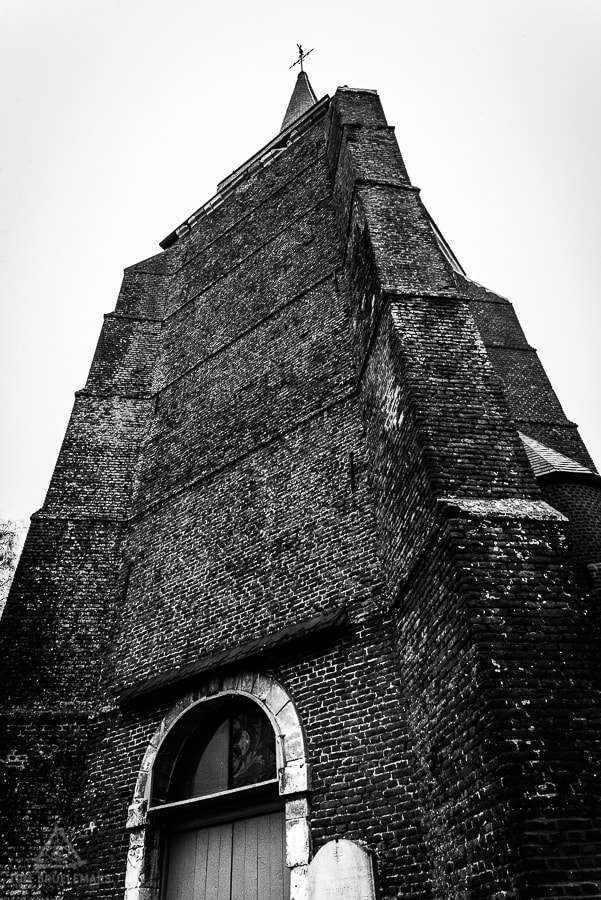
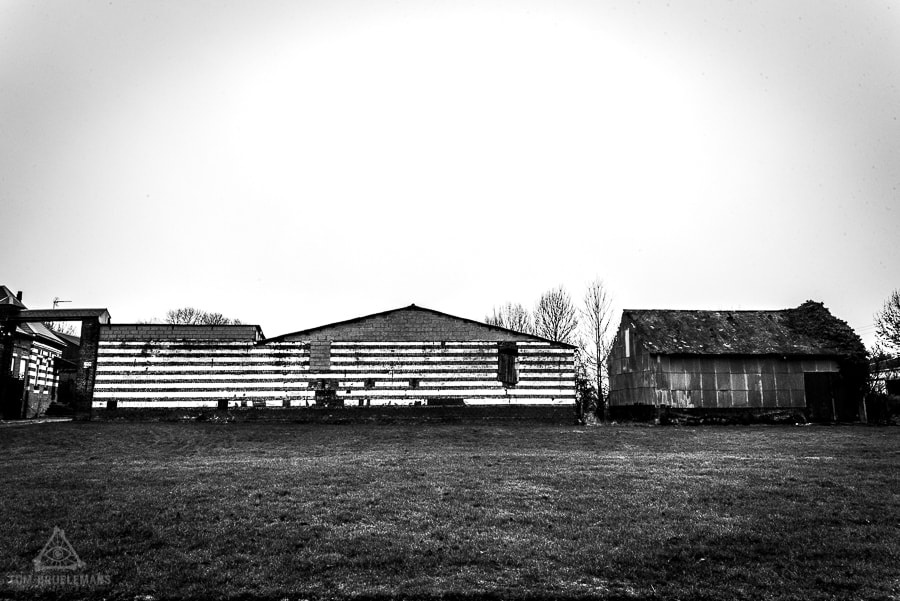
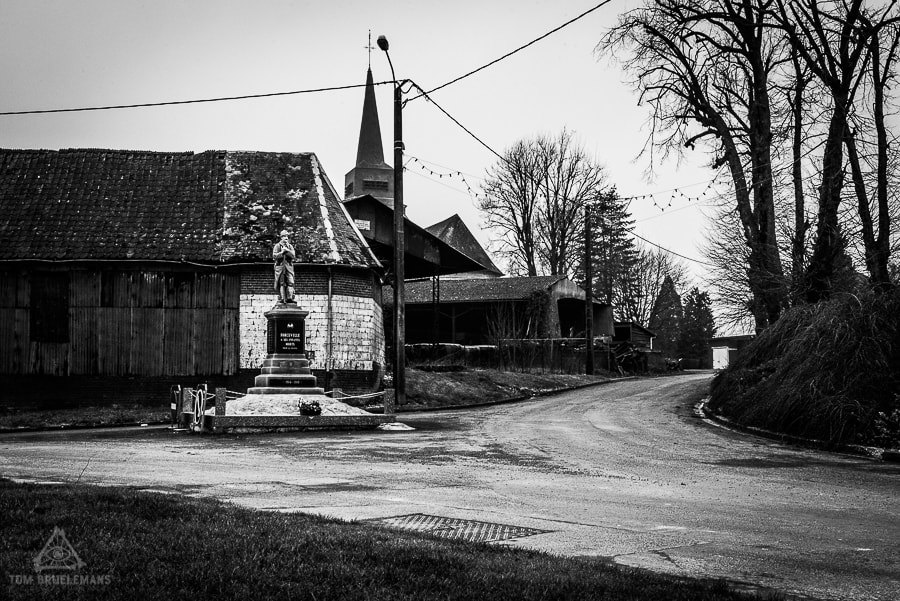
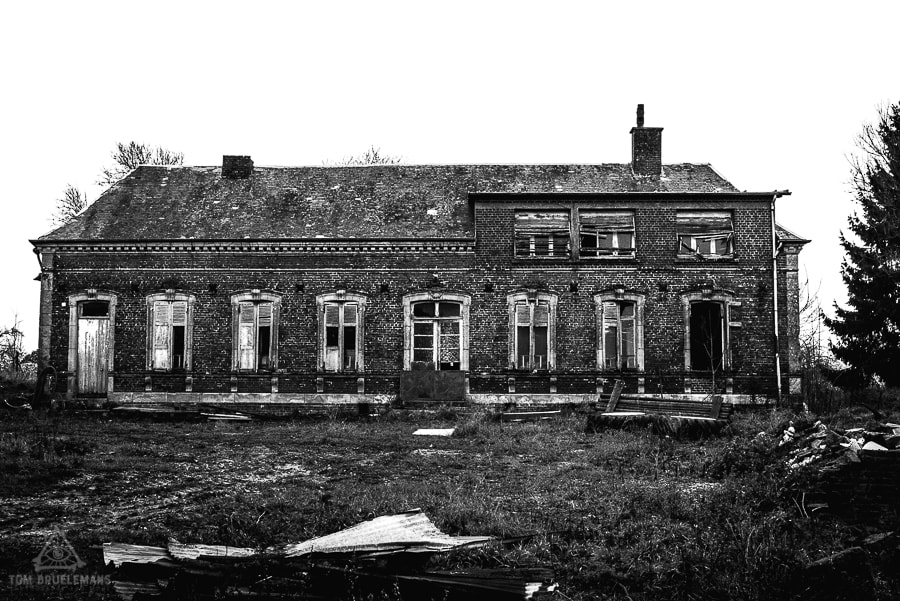
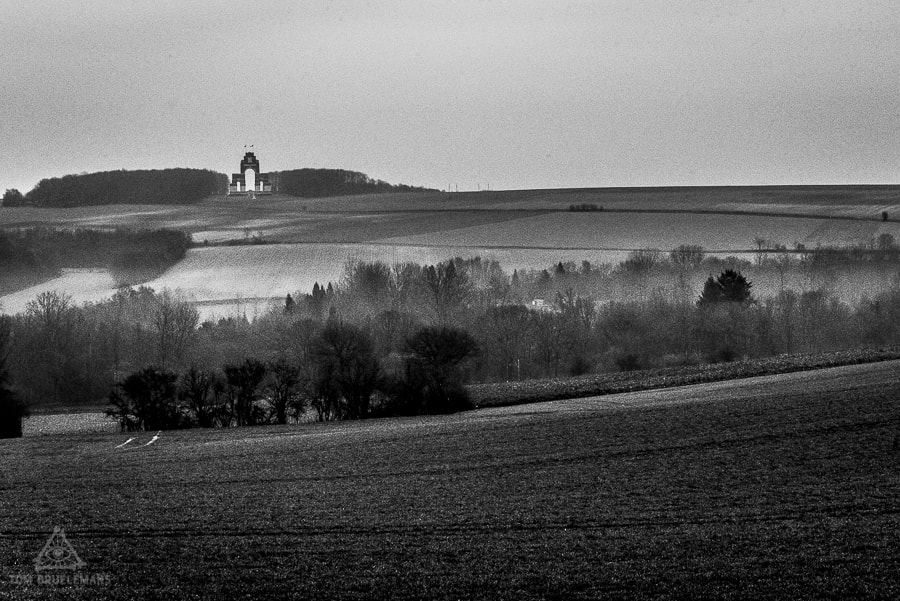
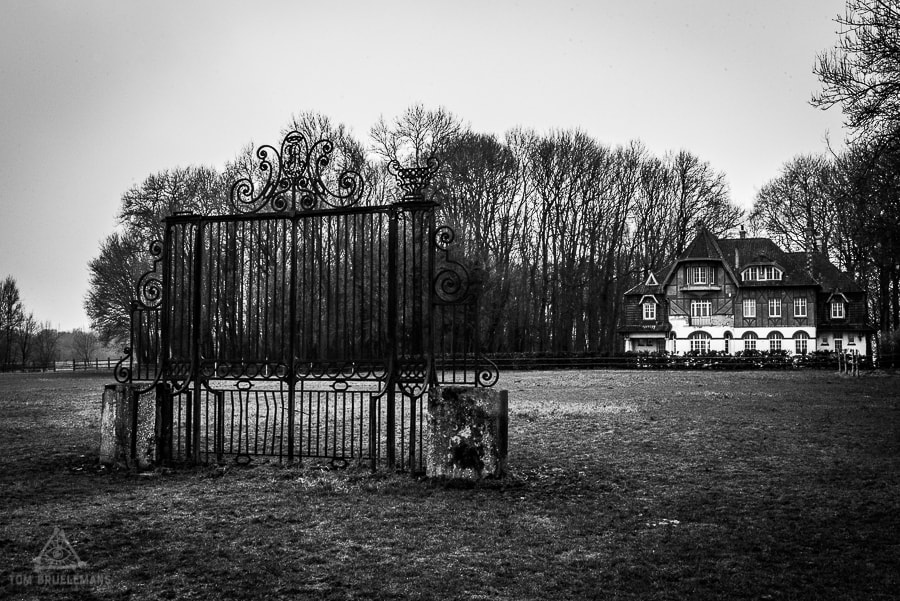
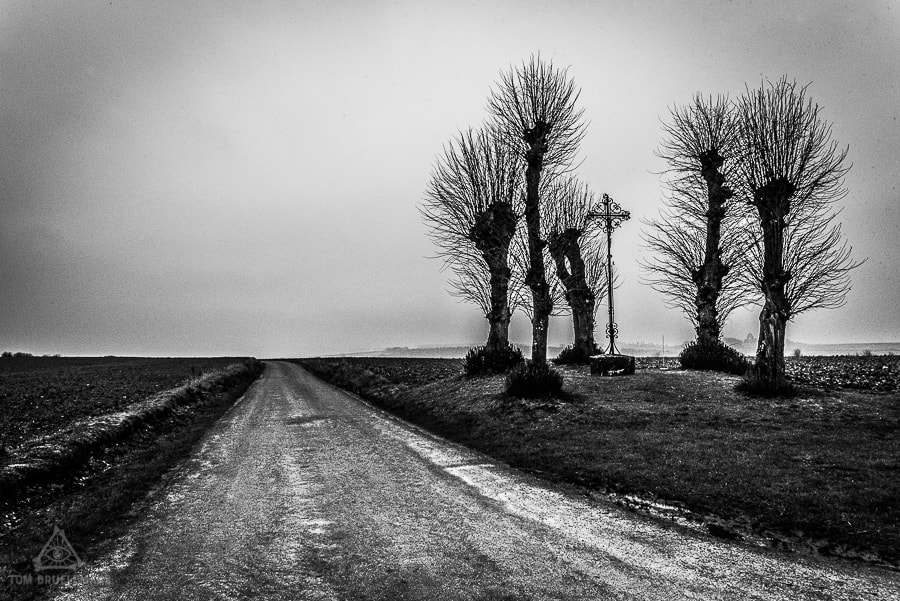
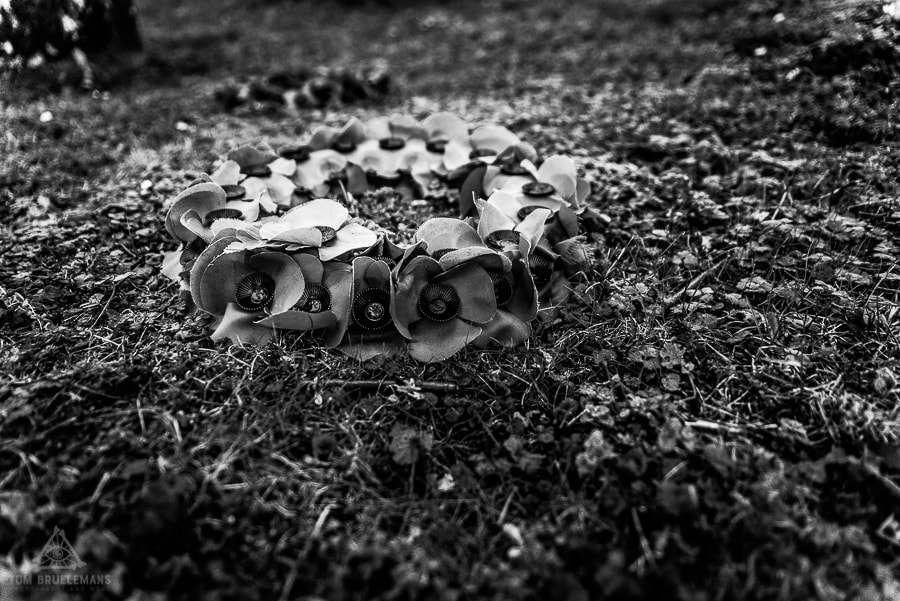
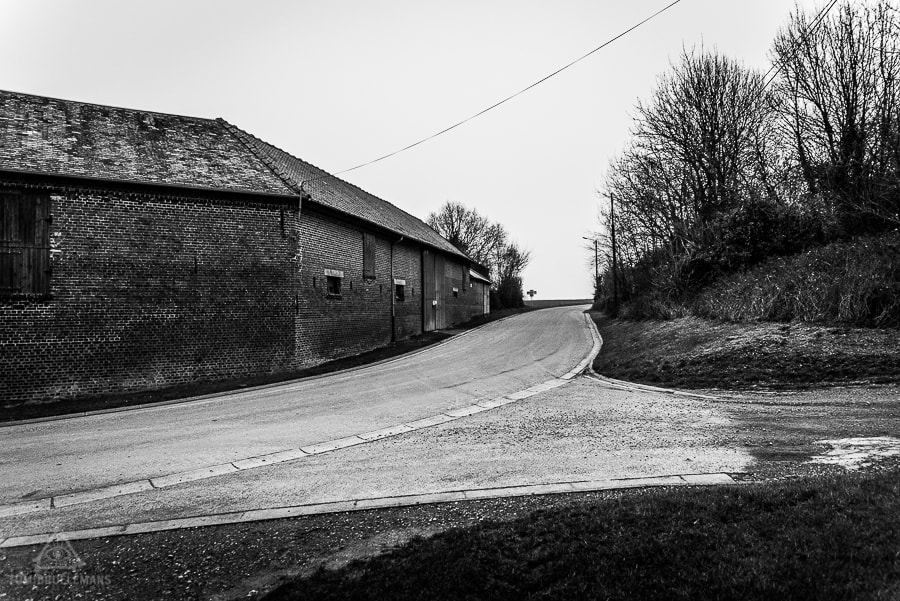
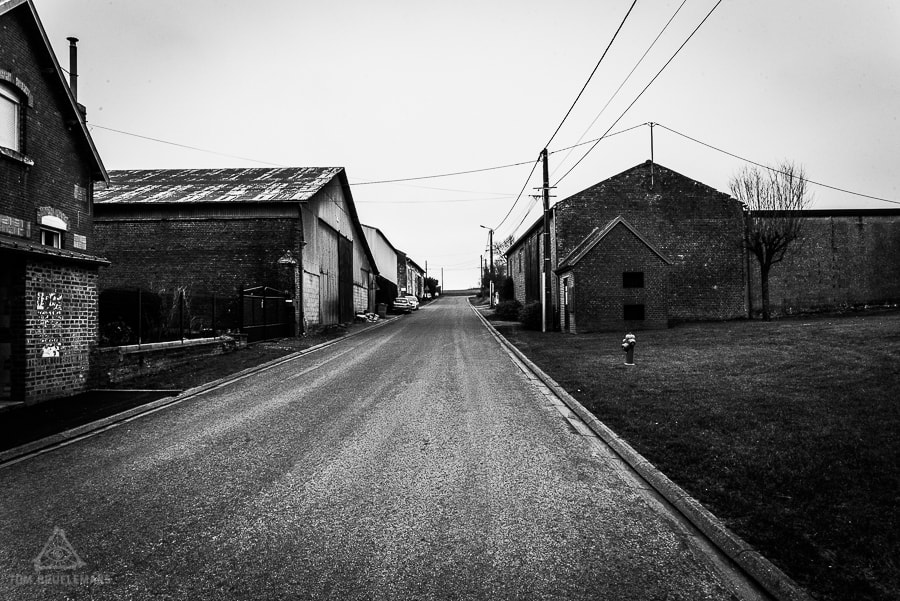
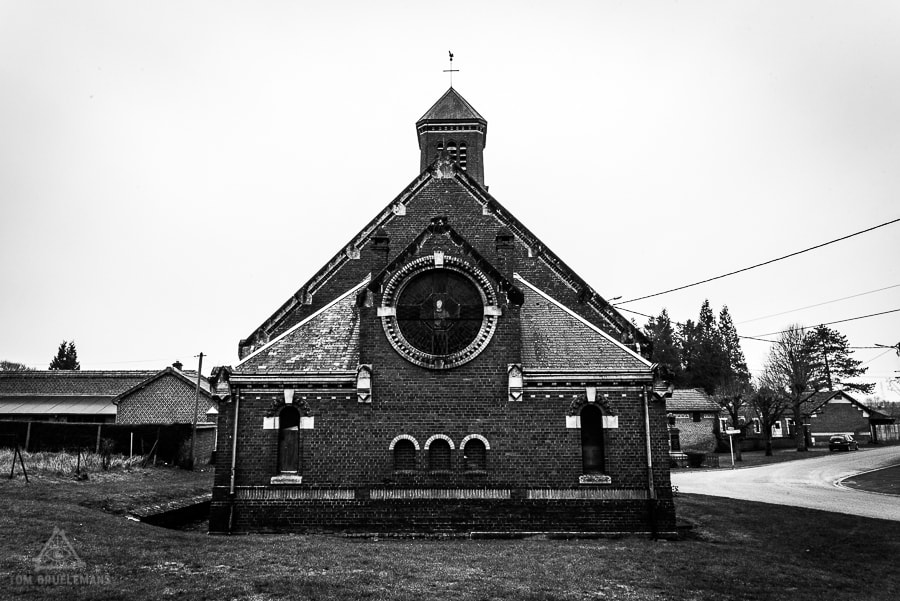
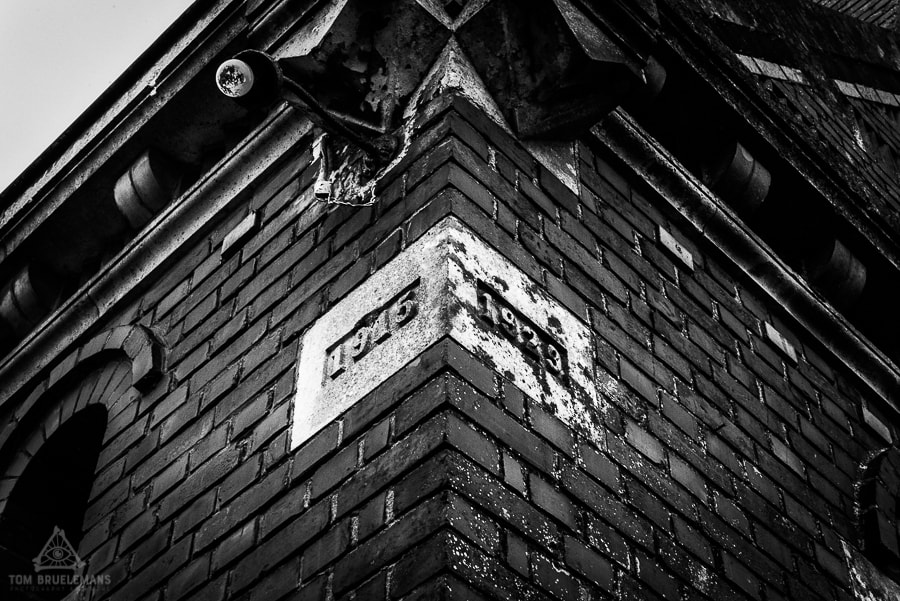
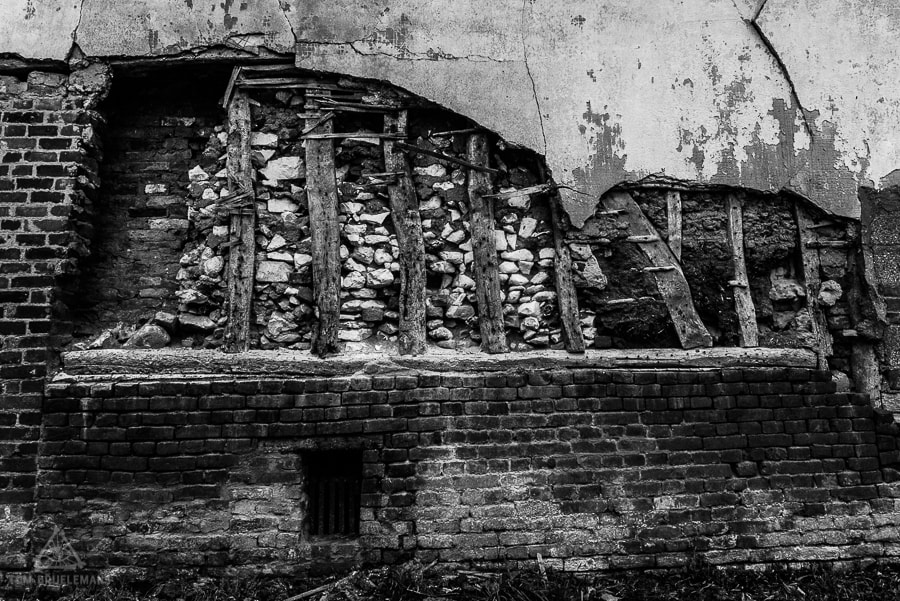
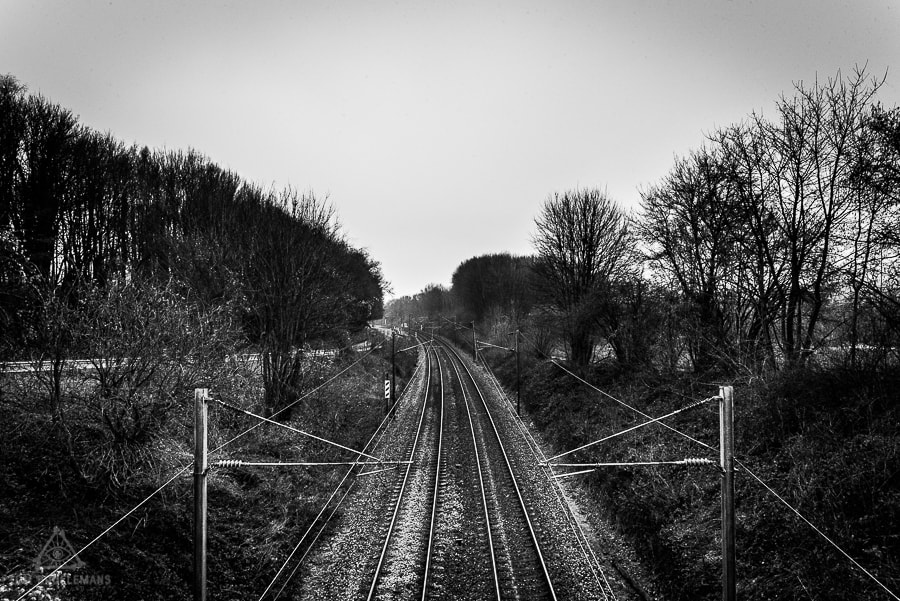
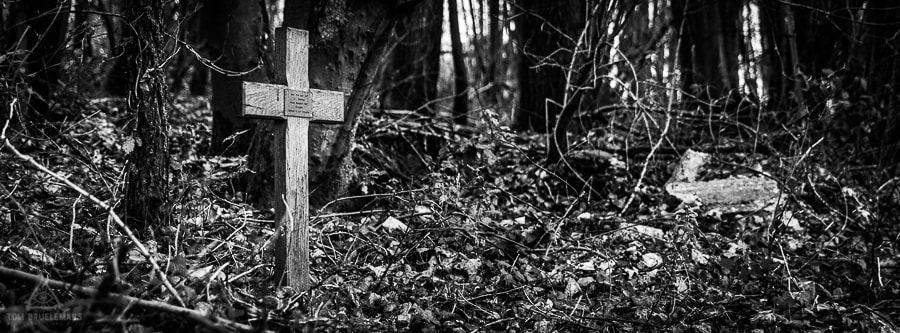
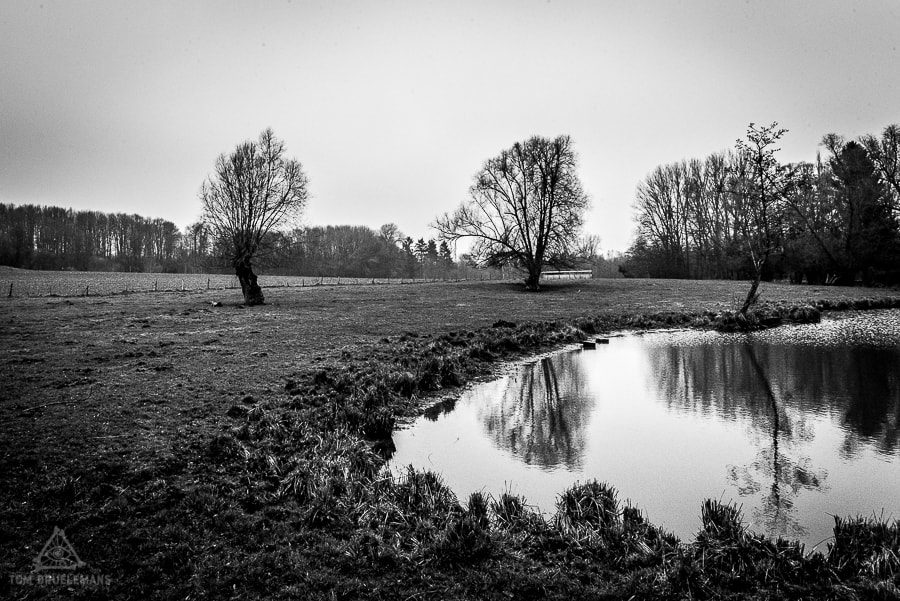
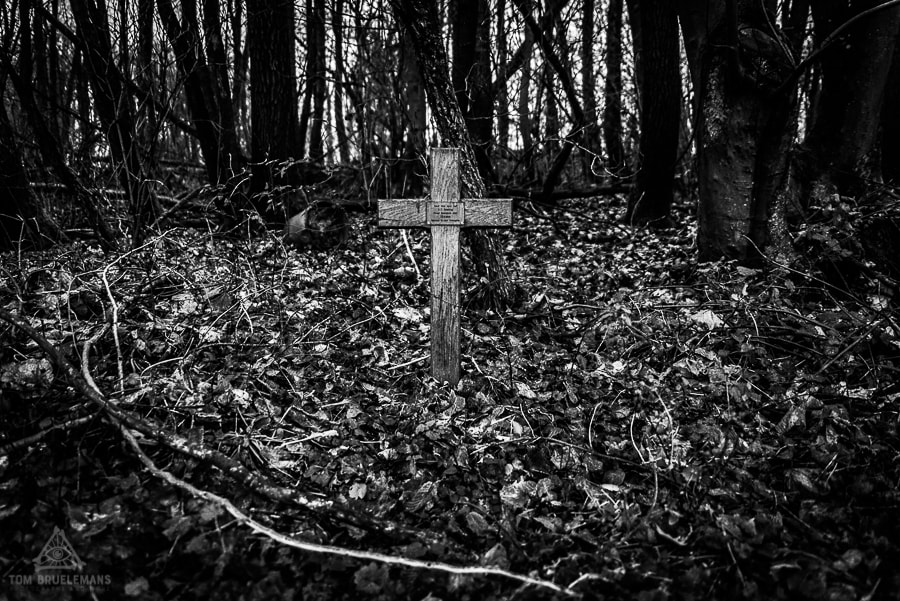
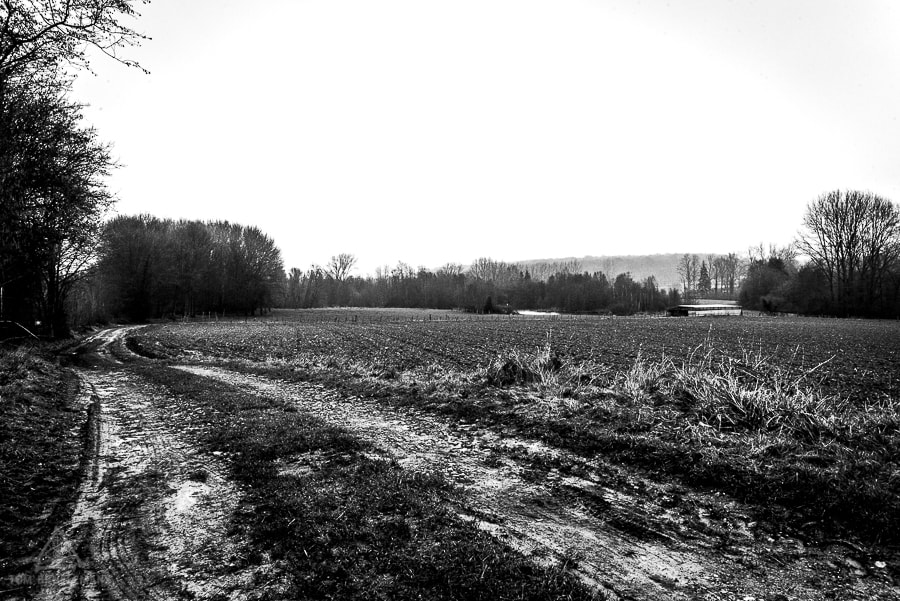
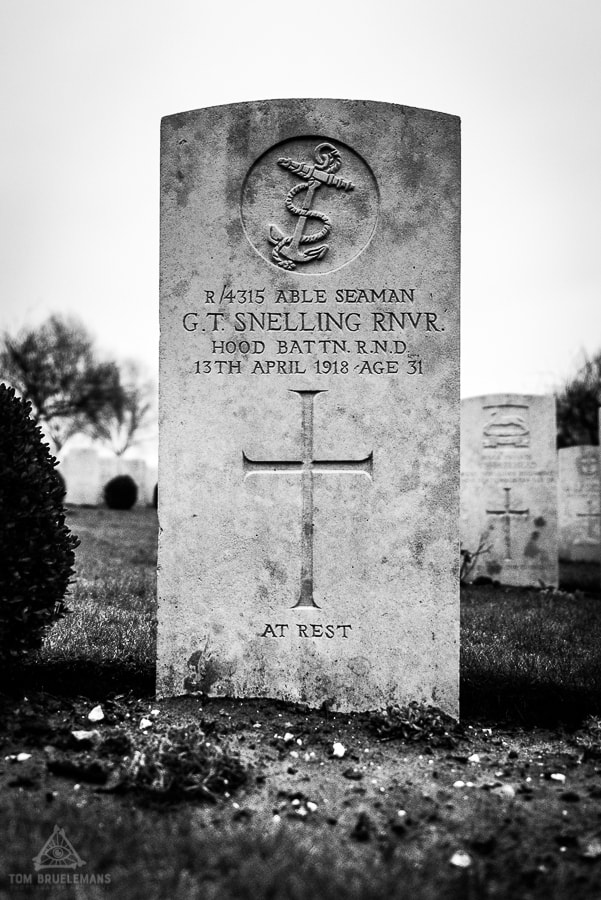
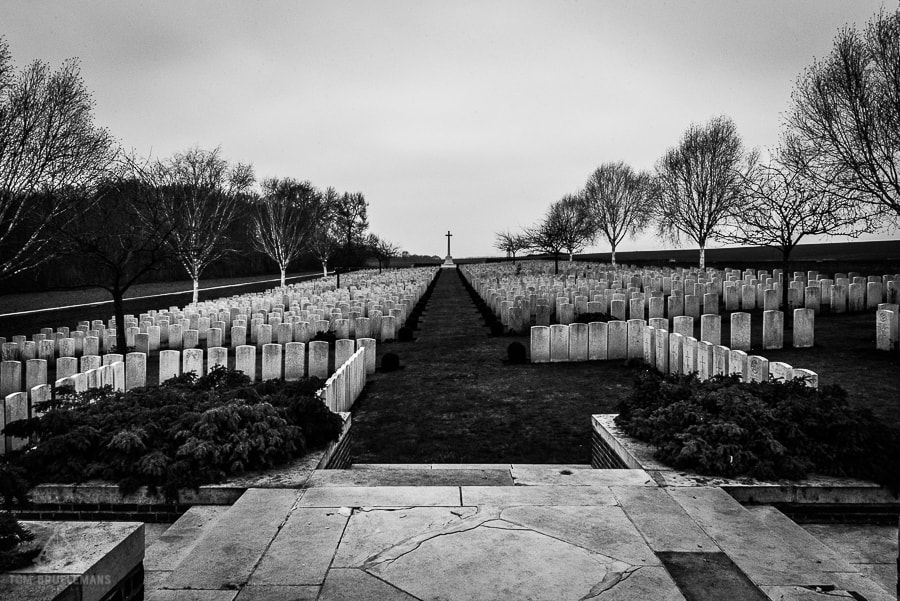
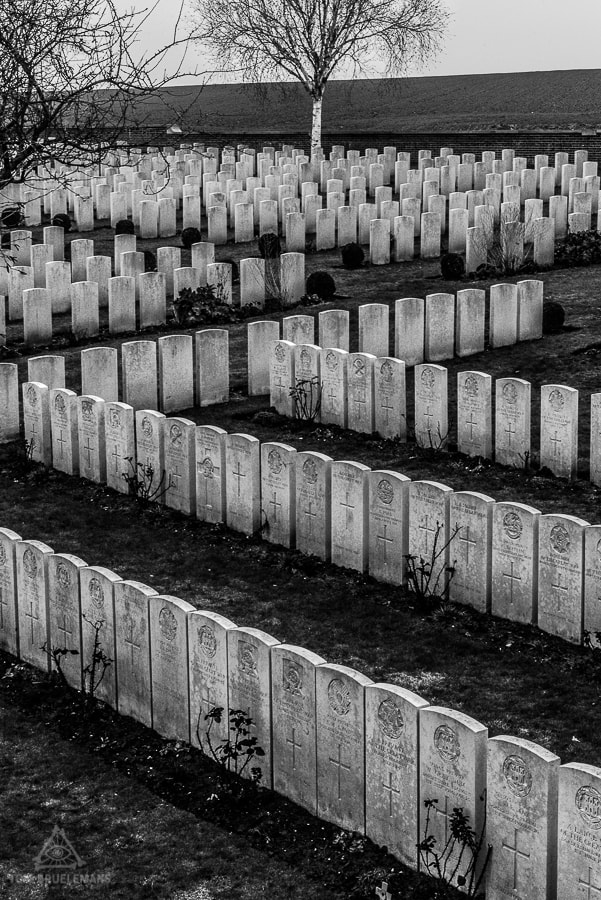
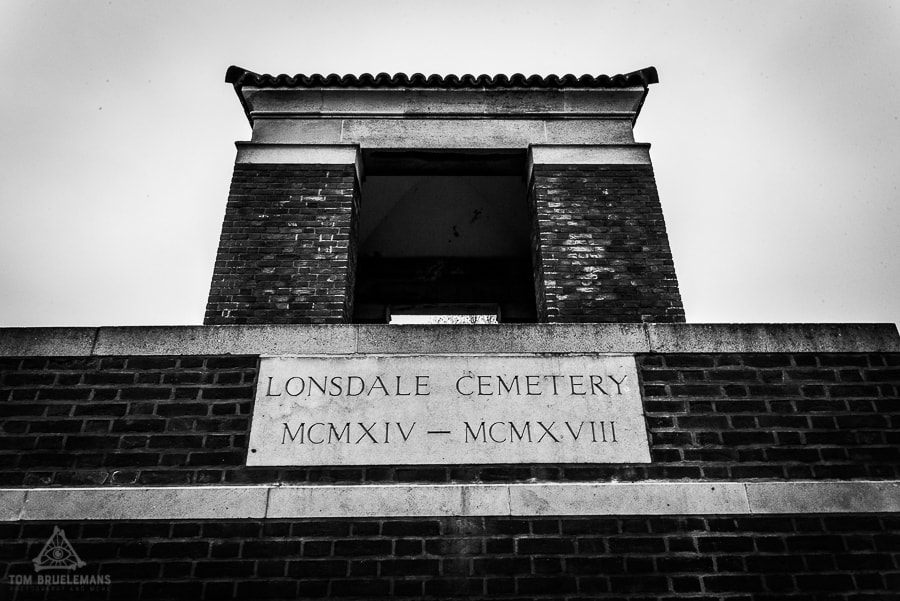
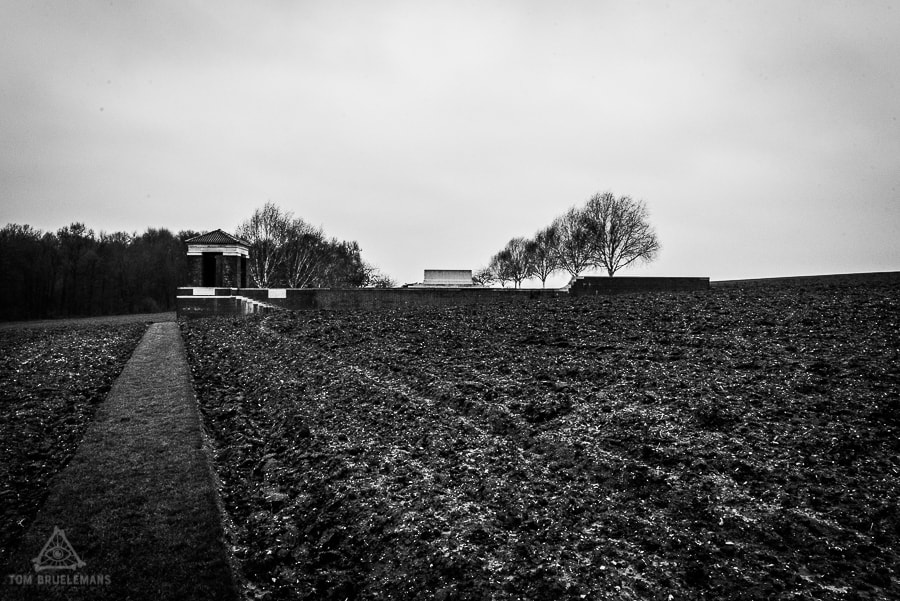
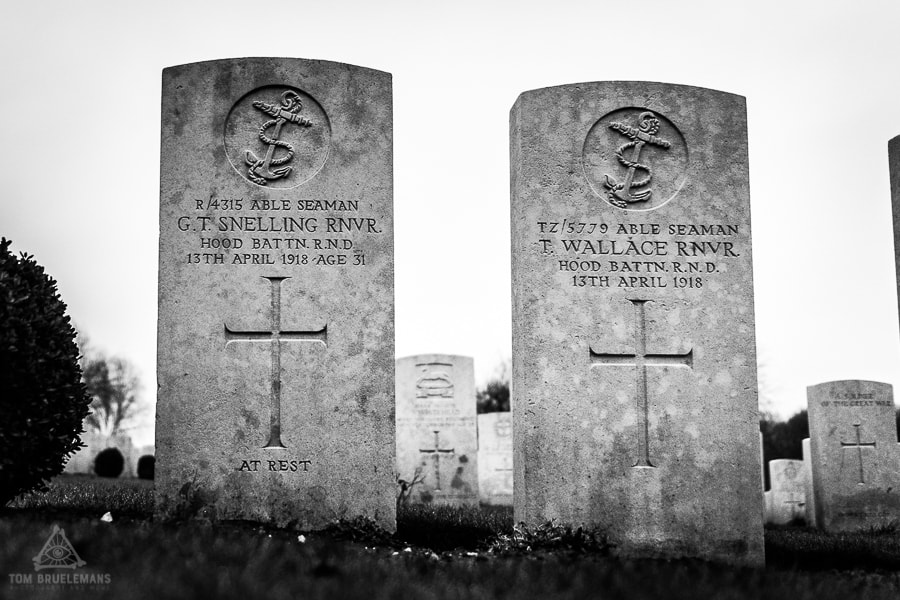
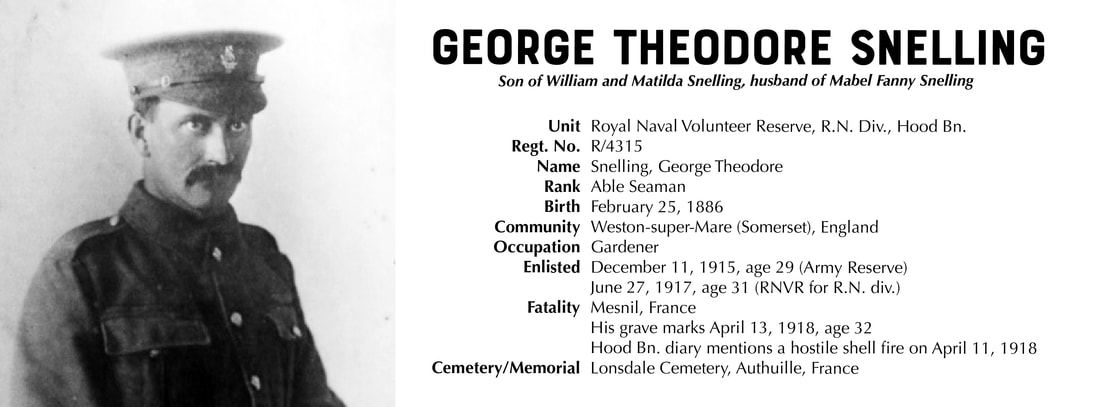
 RSS Feed
RSS Feed
